R.O.M.AE.
“Rewrite” Old Elaborate Metropolis
A.M.O.R.
Aeternam Metropoli Orbis “Redeo”
Il progetto AIDEA e l‘eros dei luoghi
Un immaginario portfolio dolceamaro di immagini di Roma e “dintorni”…
Dedicato a tutte le persone con la Malattia di Parkinson
di
MORE:
https://www.linkedin.com/in/gerardo-regnani-35a56922a/
https://www.instagram.com/gerardo.regnani/
https://www.facebook.com/profile.php?id=100084254209755
https://twitter.com/GerardoRegnani
https://www.tumblr.com/blog/gerardo-regnani
page under maintenance…
“Quando soffiano forti venti, non costruire
muri, ma, piuttosto, mulini a vento…”
proverbio orientale
G. Regnani (proc. by), R.O.M.E., 2022
Abstract (italiano)*
“ROMAE AIDEA E L’EROS DEI LUOGHI” descrive l’intenso legame emotivo dell’autore con la città di Roma. L’autore riflette sulla propria fragilità e la vede riflesa anche nella città stessa. Descrive Roma come una metropoli complessa che esercita un’attrazione particolare su di lui e con cui si identifica attraverso la routine quotidiana. Il testo sottolinea la crescita progressiva della comunanza tra l’autore e la città nel corso degli anni, influenzando la sua prospettiva sul sistema complesso di Roma. Si menziona un vasto “indotto” di persone che contribuiscono alla vita della città. Si riflette anche sulla complessità e la fragilità della vita a Roma, citando un verso del poeta Trilussa che sottolinea la fugacità della vita stessa. Nonostante la fascinazione per la città, l’autore si confronta costantemente con i problemi presenti nel contesto romano. Si discute della complessità di Roma, con i suoi aspetti storici, politici, antropologici e urbanistici, che contribuiscono a una realtà estremamente composta e fragile. Si accenna alla teoria organizzativa della resilienza, suggerendo che i sistemi complessi come Roma dovrebbero cercare di resistere agli agenti patogeni interni ed esterni. Si riflette anche sul ruolo dell’autore nella città e sull’influenza che la città ha su di lui. Il testo esplora l’uso della fotografia come strumento per esplorare la fragilità e la diversità di Roma, creando una narrazione visiva che va oltre la realtà tangibile. Si descrive il processo di creazione delle immagini fotografiche, in cui l’autore manipola e trasforma le immagini per creare una prospettiva diversa e idealizzata dei luoghi. Si riflette sul significato terapeutico di questa pratica e si immagina un futuro in cui Roma potrebbe diventare una città esemplare per l’assistenza e la cura di tutte le persone con diversità. Si esplorano anche i dintorni di Roma e si sottolinea la diversità dei luoghi e delle esperienze. L’autore utilizza la fotografia come strumento per creare dimensioni multiple e trasmettere un senso di magia e possibilità. Il testo conclude con l’autore che prosegue il suo viaggio di esplorazione delle realtà plurali, documentando il fascino e la ricchezza delle diverse esperienze umane.
Roma, con i suoi fasti e le sue fragilità, ha sempre esercitato su di me un’attrazione particolare. Nei luoghi che ho percorso, tanto per le mie routine quotidiane – vivo da tempo nella Capitale – quanto per altre ragioni, ho avvertito spesso come una forza attrarre il mio sguardo.
Rome, with its splendor and its fragility, has always had a particular attraction for me. In the places I have traveled, both for my daily routines – I have lived in the capital for some time – and for other reasons, I have often felt like a force to attract my gaze.
Un’attrazione che mi è sembrata evolvere nel tempo, assumendo anche la connotazione di una sorta di vicinanza.
Una prossimità, una comunanza che, in questi ultimi anni, ho avuto l’impressione che crescessero progressivamente via via che diveniva purtroppo sempre più evidente anche la mia … fragilità.
O, forse, potrei meglio dire… le nostre diverse fragilità.
Un triste “gemellaggio” che, oltre a toccarmi nel profondo, ha influito anche sul modo di guardare l’articolato “sistema planetario” che gravita incessantemente nell’orbita di Roma-Capitale. Attratto dalla sua imponente forza di gravità ruota, infatti, un vasto “indotto” brulicante, eterogeneo e multiforme che, ovviamente, anch’io contribuisco a popolare. Una mescolanza di luoghi, cose e persone, che interagisce senza soluzione di continuità, tra alti e bassi, in modo non sempre e propriamente “impeccabile”. Una realtà poliedrica, anch’essa, come accennavo, con le sue fragilità. Una trama di interrelazioni fitte quanto effimere, come lo è, in fondo, la Vita – “sempre” troppo breve – di ognuno di noi. Un’esistenza fugace, precaria, fragile, che, rileggendo alcuni versi del poeta Trilussa, potremmo forse sintetizzare così:
“Son bella, si, ma duro troppo poco.
La vita mia, che nasce per un gioco
come la maggior parte delle cose,
sta chiusa in una goccia.” Trilussa
Una fascinazione, quella mia per la “Città Eterna” che, tuttavia, sento costantemente compromessa dalla consapevolezza di vivere in un contesto problematico, come è notoriamente anche quello capitolino. Problematicità acutizzatasi ulteriormente, a mio parere, in questi ultimi decenni, analogamente ad altre grandi aree metropolitane. Una situazione amplificata, nel caso dell’Urbe, da una commistione che l’ha resa unica al mondo: storica, politica, antropologica, urbanistica, etc. Si tratta, come è ben noto, di una realtà estremamente composita e complessa, connotata da fattori – sia datati sia contingenti – che interagiscono, come accennavo, non proprio all’unisono e/o senza difficoltà sotto il medesimo – e non di rado “stretto” – tetto metropolitano.
Una contingenza che, conseguentemente, amplifica ulteriormente quella componente di fragilità accennata in apertura. Una connotazione, aggiungo, ancor più severa per un agglomerato metropolitano, che, di fatto, è una sorta di diffuso quanto fragile “sistema complesso”. Così come lo sono, nel loro piccolo, anche le persone che vi vivono: “incarnando”, ognuna, una sorta di frattale che “ripropone”, in miniatura, l’articolazione del sistema maggiore. E, tra queste persone, anch’io, con il mio micromondo complicato e, per di più fragile e “malfunzionante”.
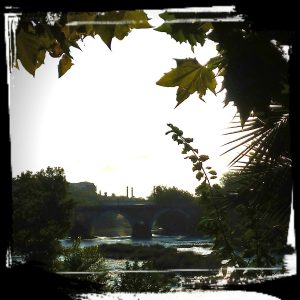
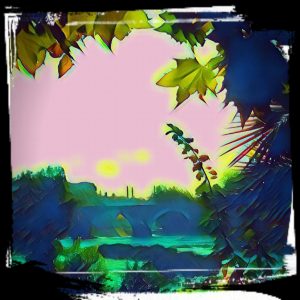 G. Regnani (proc. by), R.O.M.E., 2022
G. Regnani (proc. by), R.O.M.E., 2022
E come suggeriscono anche certe linee di teoria organizzativa, per sopravvivere qualsiasi “sistema complesso” dovrebbe, innanzitutto, provare a resistere agli agenti “patogeni” interni e/o esterni che continuamente ne minacciano l’integrità, adottando, in prospettiva, per quanto possibile, anche una strategia proattiva. Un orientamento che, nelle sue formulazioni più recenti è noto, trasversalmente, con il termine di “resilienza”. La sostanza teorica della resilienza suggerisce, in particolare alle organizzazioni più articolate, ma non solo, di trasformare i problemi in opportunità, cercando di ricavare da eventuali eventi avversi quegli elementi di esperienza e di conoscenza che cercherà poi di “piegare” a proprio vantaggio. E, così, prepararsi a rispondere con forza pari, se non maggiore, ad analoghi, se non anche più impegnativi, eventi futuri.
E così cerco di fare anch’io da tempo, pur con i limiti crescenti imposti dal mio “ospite” e, per quanto ovvio, cercando però di non cadere ingenuamente nella “trappola” subdola di una fascinazione teorica facilona che, almeno “sulla carta”, proporrebbe “la” soluzione di tutti i mali, ma che tale, ovviamente, non è. Ciò detto, la “mia” resilienza, si “nutre”, come e quanto riesco, anche di una sistematica occupazione di qualsiasi utile “interstizio” quotidiano – lavorativo, familiare, terapeutico e, più in generale, culturale – che mi sembra possa eventualmente risultare funzionale per affrontare al meglio, in particolare, l’evoluzione della mia malattia e i suoi shock cercando “dare forma” e/o rafforzare ulteriormente quella condizione che i cennati orientamenti teorici definiscono come antifragilità.
G. Regnani (proc. by), R.O.M.E., 2022
Ed è in questa prospettiva che l’interesse per la (ri)scoperta del ricco patrimonio di “tesori” della fragile Città Eterna, unita a quello per la Fotografia, si sono “alleati” divenendo un ulteriore strumento, una sorta di “arma non convenzionale” che si affianca a quelle “convenzionali” cerco di gestire meglio che posso la mia battaglia quotidiana di persona malata. Questo viaggio alla (ri)scoperta della città mi sta via via mostrando anche una serie crescente di esempi emblematici di quella condizione comunanza di fragilità e, insieme, di precarietà della quale avevo accennato inizialmente.
Uno stato di cose amplificato da un degrado diffuso e, più in generale, dalla sensazione, persistente, dell’assenza di una vera e propria regia complessiva.
Fattori, questi, che contribuiscono ulteriormente a “scolorire” e intaccarne, almeno in parte, il tradizionale fascino della Grande Roma.
Una perdita di “colore” – insistendo ancora con i riferimenti “cromatici” – e di appeal che, inevitabilmente, si riverbera in maniera più o meno diretta e pesante anche sul tessuto umano che condivide in vario modo il destino di questa città. Tra queste persone, ho pensato, in particolare, anche ai tanti miei “gemelli”, ovvero ai più fragili e, in generale, alle persone che vivono con maggior peso e disagio la loro condizione di diversità, non solo quella imposta da una disabilità. Persone per le quali La Città Eterna mostra già da tempo un’attenzione crescente che può comunque svilupparsi ulteriormente in una prospettiva più “ampia” in termini di sempre maggiore equità, inclusione e accessibilità.
E, in quest’ottica, chissà, magari puntare a divenire in un futuro molto prossimo una sorta di realtà esemplare, per l’asilo e la cura di ogni persona con diversità.
Una sorta di città modello che, paradigmaticamente, potrebbe forse chiamarsi: “ROMA AIDEA”.
L’acronimo “AIDEA” condensa, miscelati, vari riferimenti progettuali concreti. Più nel dettaglio, nel prefisso-radice, quelli relativi all’idea di: sostegno, aiuto, supporto, etc. riassunti nella sigla “AID”. E, in parte sovrapposti, in parte a seguire nella desinenza, gli elementi obiettivo, il cuore del progetto, ovvero: Inclusion Disability Equity Accessibility”.
Roma diverrebbe, così, “La” Città AIDEA, ovvero una città ideale che, più e meglio di altre, potrebbe distinguersi nel supporto a questo tipo di persone con fragilità affinché, pur con le loro diversità – temporanee, fisiologiche, permanenti o meno che siano – in modo che possano sentirsi sempre più accolti e inclusi in questa eterogenea comunità metropolitana.
“Come in” una “casa loro”.
“Come se” fossero a “casa propria”.
G. Regnani (proc. by), R.O.M.E., 2022
(preview, gallery below)
Anche per le accennate ragioni personali, ho pensato a queste tante differenti individualità come ad altrettanti isolati – e, quindi, ulteriormente fragili – “fiori” colorati e al loro patrimoni di qualità personali. Un valore aggiunto, piuttosto che un disvalore, che, per quanto possibile – seppure nella loro specifica condizione di persone con fragilità e/o con diversità – le connoti comunque sempre come una ricchezza, piuttosto che come una zavorra.
Ho proseguito dunque così questo mio piccolo viaggio immaginario e randomico, seguendo anche queste ultime suggestioni e realizzando una prima serie di immagini fotografiche di uno dei diversi fiori che ho incrociato (ri)scoprendo progressivamente questa grande realtà metropolitana.
Ognuno di questi fiori immaginato come una persona con una qualche condizione di fragilità e/o di diversità che, insieme ai c.d. normodotati, popolano questa città speciale e unica. Ognuno di questi metaforici fiori, ognuno di questi luoghi, fotografato e riproposto in due immagini finali diversamente raffiguranti lo stesso luogo, lo stesso (s)oggetto originario. Una duplice versione dello stesso (s)oggetto originario per offrire una sorta di ideale visione “tridimensionale” o, se preferibile, di visione “stereoscopica”.
G. Regnani (proc. by), R.O.M.E., 2022
(preview, gallery below)
Ogni luogo fotografato è quindi poi presentato, “a valle”, come una coppia di immagini uguali e, al tempo stesso, diverse.
Talora, apparentemente, anche molto differenti.
Si, perché, all’interno di ognuna di queste coppie di immagini, il ruolo della seconda raffigurazione condensa un ulteriore viaggio nel viaggio verso una dimensione altra, immaginaria e fantastica. Ognuna di queste seconde versioni, quindi, non “riproduce” più il luogo “reale” originario, tanto meno con l’apparente “esattezza” della prima. All’opposto, ciascuna di queste seconde immagini di ciascun sito “incarna”, anziché una copia speculare della prima, un doppio (interpretato) che, in realtà, tende all’irreale, al fantastico.
In ogni caso, ognuna di queste coppie “documenta” anche altrettante, distinte mie “letture” dei siti che ho visitato. Siti che, ciascuno a suo modo, rappresentano per me una sorta di altrettanti luoghi-simbolo. E, insieme, sono anche la traccia di un vissuto immaginario che ci “parla” degli ipotetici trascorsi di quanti, quegli spazi, li hanno anche soltanto brevemente sfiorati, attraversati e/o vissuti.
Per ogni sito, dunque, una sola ripresa singola fotografica, che poi, con l’aiuto di un comune photo-editor, ho duplicato e poi modificato, come riaccennerò ulteriormente anche in seguito, creando un’ulteriore versione, piuttosto che una copia, “uguale” e differente insieme.
“Uguale” e differente insieme, in quanto dopo essere stata, in qualche modo, modificata e/o soltanto ricolorata, perde, in parte almeno, innanzitutto quella specularità iniziale rispetto alla prima copia della quale ho prima accennato, così come, ancor più “a monte” la sua caratteristica di “riproduzione esatta” del (s)oggetto e/o del luogo originario.
La prima, dicevo, senza particolari interventi, l’altra, la seconda copia della prima immagine fotografica, realizzata a posteriori, in fase di post-produzione, è invece il frutto di una deliberata e premeditata manipolazione cromatica e/o soltanto formale.
Una sorta di coppia di “gemelle diverse” che, riunite, rappresentano, in ogni caso, una specie di immaginaria, quanto bizzarra, visione stereoscopica “distorta” del (s)oggetto e/o del luogo originario in esse raffigurato.
G. Regnani (proc. by), R.O.M.E., 2022
(preview, gallery below)
Una coppia di immagini identiche accomunate, almeno all’origine, da una apparente rassomiglianza totale, come una sorta di “gemelli monozigotici”, che, dopo il trattamento accennato, si trasformano in una specie di “gemelli dizigotici”. Una coppia di “gemelli dizigotici” all’interno della quale il doppio, ovvero quella riprodotta cronologicamente come seconda immagine, la copia originaria anzidetta, dopo la manipolazione con il già citato photo editor si trasforma in un vero e proprio “gemello diverso”, in qualche caso visibilmente differente dall’omologa prima copia originaria di partenza. Un “gemello diverso”, quindi, creato partendo una replica apparentemente identica alla “sorella” e/o all’“originale” di partenza.
Una diversità che evidenziata più volte perché emblematica.
L’ho proposta ed evidenziata, infatti, come una metafora esemplare, un esempio paradigmatico della ricchezza anche di tutti quei patrimoni di differenti abilità che, altrimenti, potrebbero eventualmente restare confinati da qualche parte se non, addirittura, irrimediabilmente dispersi.
Magari proprio a causa di uno sguardo erroneo.
Soltanto colposo.
O, peggio, di uno stigma, magari alimentato da una visione preconcetta che, piuttosto che una risorsa, considera quelle diverse abilità, sostanzialmente, una zavorra.
Una diversità sottolineata anche per il paradigmatico richiamo all’eterna, accesa contesa dialettica riguardante la perenne oscillazione della Fotografia tra il vero e il falso, tra l’oggettivo e il soggettivo.
Non semplici luoghi, quindi, ma – anche tecnicamente – dimensioni molteplici. Pluridimensioni che, dopo questo trattamento, “rinascono”, trasfigurate, in un nuovo e differente tipo di luogo, divenendo a suo modo, ciascuno un nuovo… “paesaggio”. Un paesaggio intimo, privato, che si trova al di là del “reale”.
G. Regnani (proc. by), R.O.M.E., 2022
Un luogo altro, un paesaggio interiore.
Talora, dicevo, persino (in parte o del tutto) irriconoscibile, a seguito di queste manipolazioni tecnico-estetiche che, almeno per me, hanno assunto, non ultima, anche una connotazione che definirei di tipo… “terapeutico”.
Una specie di ideale fuga terapeutica, appunto, dalla Roma “reale” e dalle sue tante tare. Un reticolo di criticità che rischiano di comprometterne ogni giorno di più il vasto e straordinario patrimonio storico, artistico, architettonico, etc. che la rendono, da sempre, una città unica al mondo, ma, come accennato in precedenza, anche particolarmente fragile.
E così fra stop and go, tra ispirazioni anche accidentali e tanti interrogativi tuttora irrisolti – temendo anche delle facili ironie riguardo a questo mio metaforico percorso terapeutico – ho comunque continuato a (ri)fotografare questi luoghi in questa (nuova?) prospettiva.
Con l’idea di raffigurarli non più e/o non soltanto come semplici spazi fisici – ovvero dei paesaggi – ma anche come delle vere e proprie dimensioni spirituali.
Una pluralità di dimensioni, accennavo, che vorrei continuare a (ri)proporre ancora in futuro, attraverso altre serie di dicotomie.
Metafora, ciascuna di esse, di una diversa ricchezza. Una ricchezza differente per ognuna di queste coppie, come in ogni individualità umana. Ogni sito, dunque, interpretato come un metaforico fiore, un alias ipotetico di una delle tante persone con una condizione di fragilità ospite di questa metropoli così particolare e complicata.
Ogni luogo dunque, ogni paesaggio a suo modo, speciale e unico, come lo sono tutte le diverse individualità con le quali condividiamo l’esistenza su questo pianeta.
Ogni luogo “diviso” in due apparentemente opposte visioni: quella “reale” precedente, originaria, talora magari anche critica, e quella “nuova”, astratta, immaginaria e, magari, finanche ideale allorché riesce a (ri)valorizzare in qualche modo quella stessa diversa “realtà” originaria riproposta, per l’occasione, con un “vestito nuovo”, magari migliore del precedente.
Conversione di un reale – non sempre e non necessariamente originariamente critico e/o problematico – in un mondo comunque altro, ideale, possibilmente migliore, in parte magico e fantastico.
E, così, seppure tra (tanti) tentennamenti, sto cercando di proseguire questo cammino e, insieme, questa mia “rilettura” della Capitale. Una visione sempre dicotomica, dicevo, anche tra esteriorità e interiorità, confusa e intermediata attraverso la Fotografia.
Uno sguardo sempre dialettico, dunque, tra ciò che appare e quello che potrebbe in realtà celare, qualità o tare che eventualmente siano.
Un’esplorazione di “realtà” sempre plurali, talora anche molto distanti.
Un piccolo caleidoscopio personale che tento pian piano di realizzare pur senza avere particolari competenze e/o pretese di completezza né, tanto meno, di sistematicità (neanche tematica).
Delle piccole, quanto personali random walk, confuse, dicevo, tra “reale” e immaginario, che vorrebbero comunque offrire uno sguardo nuovo, stimolante e, non ultimo, a suo modo comunque utile.
E seguendo quel fascino, quell’attrazione indefinita alla quale ho accennato in apertura, mi sono poi spinto, talora anche per ragioni personali, anche oltre l’area capitolina sconfinando, con eguale interesse e finalità, anche nei dintorni.
Anche là, anche in queste trasferte “fuori porta”, mi è sinora sembrato di essere sempre avvolto dal medesimo fascino indefinito ed arcano, talora persino “paralizzante”, provato in città. Analogo, dicevo, a quello che mi sembrato caratterizzasse anche i siti urbani. Ciascuno comunque connotato da una specifica peculiarità. Un’emozione ogni volta esclusiva, direi.
Una sorta di punctum di Roland Barthes, aggiungo, richiamando le riflessioni del celebre semiologo transalpino. Un’esperienza comune ad ognuno dei paesaggi raffigurati in questa serie di immagini metaforicamente dedicate, al di là dell’interesse che potranno stimolare, alla ricchezza esclusiva di ogni diversità. Ognuno di questi luoghi, reale o astratto che sia, con un suo bagaglio di storie e di atmosfere, ne è una rappresentazione emblematica e, insieme, paradigmatica. Una ricchezza che, a mio modo, con la complicità della Fotografia, ho riassunto e riproposto, non so bene con quali risultati, in questa specie di “panorami” multiformi e policromi.
Panorami che, in realtà, sono, soprattutto, paesaggi… interiori.
Un viaggio, tuttora in corso, accennavo, nel quale tenterò ancora di “documentare”, oltre al cennato fascino dei luoghi, anche ogni possibile valore aggiunto che ha determinato quella sorta di paralisi agitante visiva che ha “congelato” il mio sguardo.
Una specie di incantesimo dalla durata e dagli esiti non ben definiti che ho cercato di tracciare a mia volta attraverso una sorta di Fotografia “tridimensionale”, così immaginata, anche per ragioni personali. Un raddoppio apparentemente stereoscopico, dicevo, ovvero l’equivalente di un “rinforzo” comunicativo che si traduce nella già cennata proposta (sistematica) di due visioni “uguali”, benché distinte, di un medesimo luogo e/o contesto. Due versioni, due diverse opzioni del medesimo fotogramma originario che condensano – in relazione al diverso ordine temporale che distingue i relativi output – le due altrettanto distinte fasi della c.d. produzione e della post-produzione.
G. Regnani (proc. by), R.O.M.E., 2022
La prima opzione proposta attraverso quella che viene di norma considerata la Fotografia tout court, ovvero un’istantanea, con il suo status, per lo meno in apparenza, di indiscutibile meccanicità e, quindi, di oggettività. La seconda, connotandosi invece come una fase prettamente interpretativa e/o elaborativa, assume comunque una dimensione opposta, ovvero soggettiva.
Una dimensione altra, prettamente astratta, che rinvia al disegno, al fumetto e, non ultima, alla pittura.
Uno sguardo altro, ulteriore, non meccanico ma soggettivo.
Un’interpretazione, una forma di astrazione.
Un’opera concettuale, in altri termini.
Un’opera concettuale come in fondo è comunque, persino tecnicamente, anche ogni (“automatica” quanto si vuole) istantanea.
Sì, proprio quella stessa istantanea della quale accennavo solo poche righe prima. Istantanea che avevo appena indicato come “la” quintessenza della “realisticità” (anche tecnicamente impossibile) della Fotografia.
Questo perché anche in un’istantanea qualsiasi (s)oggetto raffigurato, è e resta, in ogni caso, un (s)oggetto astratto, una “rielaborazione”.
La raffigurazione è, dunque, sempre e comunque una forma di interpretazione, quali che siano le modalità e/o gli elementi considerati: posa, frangente, contesto, soggetti, prospettiva, illuminazione, apparecchiature, umore etc.
Tutti, in ogni caso, comunque, sono sempre e comunque frutto di una o più “scelte” fatte, anche se fatte in modo automatico (si pensi alle “tv a circuito chiuso”) e/o anche inconsapevolmente.
Uno sguardo (s)oggettivo, in ogni caso, sempre diverso, anch’esso, pur apparendo emblematicamente una copia del referente originario.
Anche la Fotografia, vista in questa prospettiva, può essere considerata una sorta di metafora, una specie di metarappresentazione della diversità, della differenza. Un ruolo che può svolgere sino al parossismo e oltre, sino alla radicalità più estrema. Persino in quei casi, quindi, nei quali appaia quanto mai difficile poter affermare che la Fotografia non rappresenti un calco del “reale” o una copia “perfetta” del (s)oggetto originario.
Anche per queste ragioni, la Fotografia, in particolare in questo mio viaggio immaginario e “intermediato” sulla diversità, è divenuta per me il medium ideale al quale affidare il compito di raccontarne le tappe.
Una sorta di strumento magico attraverso il quale il mio sguardo “incrocia” (seppure sempre in differita) quello dello spettatore che di volta in volta eventualmente in seguito vedrà queste mie immagini. Su queste immagini, seppure in modo asincrono, io e lo spettatore occasionale avremo poi, sempre e comunque anche uno sguardo e, forse, finanche una “messa a fuoco”, in qualche modo condivisa.
In altre parole, riecheggiando quanto avevo già detto prima in proposito, ogni visione si replicherà idealmente in una sorta di “comune”, quanto inconsueta e poco funzionale visione stereoscopica.
Due visioni che, “a valle” di quanto detto, potrebbero rievocare nella visione la quintessenza di una diversità che, in sostanza, non si traduce mai del tutto in vera differenza, benché le due contingenze non siano del tutto coincidenti.
E, ancora a proposito di paesaggi ricordo che per un autore per me molto importante, quale è tuttora il compianto Luigi Ghirri, il tema della percezione, così come quello dello sguardo, sono legati indissolubilmente alla riflessione sul paesaggio. Paesaggio che, ancor prima del prodotto artistico, con il relativo iter ideativo, ancor prima della concettualizzazione di ogni atto di ripresa compiuto dalla Fotografia, egli considerava come una sorta di “opera d’arte diffusa”.
Un paesaggio è capace di esercitare un tale potere attrattivo con connotazioni primordiali, da apparire persino erotico. Una sorta di eros del paesaggio lo definirebbe forse il poeta Andrea Zanzotto.
Non esattamente il paesaggio “reale” che viene normalmente percepito, quanto, piuttosto, un paesaggio segreto, interiore, che, come ho avuto modo di sperimentare anch’io durante il “mio” viaggio, non compare subito, a prima vista.
G. Regnani (proc. by), R.O.M.E., 2022
Pur senza avere la pretesa di affermare di aver addirittura intrapreso un percorso per certi versi affine a quello del grande e amato autore emiliano, mi sembra che anche le mie immagini, oltre a mostrare e tentare di descrivere la realtà “concreta”, ovvero la fisicità e la plasticità dei paesaggi fisici, provino comunque a proporne anche una proiezione altra, a suo modo diversa, finanche fantastica.
Un Altrove, come dicevo in precedenza, fatto di paesaggi immaginari e, idealmente, anche un po’ magici che possa far “scomparire”, almeno per un momento, ogni possibile sgradevole tara residua dell’urbanizzazione.
Penso, ad esempio, come allora Pierpaolo Pasolini: al degrado, al traffico, all’affollamento, etc.
“Il traffico […]in quel momento era indescrivibile. Una fila senza fine di macchine stava ferma davanti a quel semaforo, come un canale di scolo che avesse la sorgente nel centro della città.” Pierpaolo Pasolini
Permettendo in tal modo allo sguardo di liberarsi e di “spaziare” fin 7almente libero, in un viaggio immaginario, dove il mondo materiale viene, letteralmente, ridefinito. Anche a livello cromatico (grazie, come accennavo, all’utilizzo del programma di photo editor).
G. Regnani (proc. by), R.O.M.E., 2022
La mia esplorazione, partendo quindi dal paesaggio fisico, ne propone quindi un’apparentemente ingenua – quanto “politica” – versione immaginaria, per quanto speculare e parallela, dove la realtà problematica e nevrotizzata del quotidiano, magari per il solo tempo di uno sguardo, sembra come dissolta e sostituita da una realtà altra, che, per quanto surreale e bizzarra possa eventualmente apparire, condensa una forma di reazione ad uno stato di cose tanto spesso apparentemente immutabile.
Lo si potrebbe liquidare come una specie di sogno ad occhi aperti, “reificato” attraverso questa sorta di scatola magica che è la Fotografia, strumento magico, per antonomasia, capace di assecondare la bizzarra narrazione di una mente “affamata”.
Il sogno, forse trito, di avere speranza in un futuro migliore che non si dovrebbe, comunque, mai smettere di fare.
Un sogno dal quale non si dovrebbe neanche mai “svegliarsi”.
Un sogno come luogo della mente, dove dal fisico, dal “reale” si passa, in un attimo, come per magia, a una sorta di mondo metafisico, nel quale non esista il male, la sofferenza, il dolore.
Un sogno che attraverso la mediazione della Fotografia, “prenda la forma” anche di una sorta di catarsi.
Un sogno, come ha già fatto anche Luigi Ghirri, che vorrebbe suggerire di rileggere, oltre la superficie, anche quel che ci appare estremamente familiare con occhi sempre nuovi e diversi.
Un sogno che, come l’atto del vedere attraverso la Fotografia, diventi un gesto “politico”, un ulteriore strumento di conoscenza e, se del caso, anche di (ri)orientamento.
La Fotografia in questo mio piccolo e personale percorso visionario, essendo essenzialmente un dispositivo di selezione e reindirizzo dell’attenzione, mi è dunque sembrata, come già accennavo, “il” mezzo per me più adeguato da portare con me durante questo viaggio.
In un confronto dialettico sempre vivo, peraltro, contro l’idea meccanicistica della Fotografia. Un preconcetto tuttora ancora tenacemente diffuso, nonostante le continue evidenze che, proprio in quanto medium ci consente di liberarci dall’ossessione realistica e, finalmente, reindirizzare lo sguardo verso nuovi orizzonti.
Una dialettica comunque sempre nuova, attraverso ulteriori percorsi, in ogni caso alla ricerca di un possibile equilibrio tra il “reale” e l’immaginario, così come, in questo viaggio, sebbene in modo (molto) indiretto, tra l’idea della normalità e quella della diversità.
Un’esplorazione, lo ripeto, per me persino “terapeutica”, per quanto del tutto immaginaria. Un percorso che è, nel senso che indica Luigi Ghirri, una continua riscoperta di una città, Roma, alla quale sono grato, nel bene e nel male, per avermi accolto da tempo tra le sue “mura”.
Un viaggio tra i segni di una città-simbolo.
Il solo viaggio possibile, secondo Luigi Ghirri:
“Il solo viaggio possibile sembra essere, oramai, quello all’interno dei segni, delle immagini…” Luigi Ghirri
Un cammino tra le luci e le ombre di un passato ancora presente e le contingenti miserie residue di una Città che, per quanto Eterna, mi è sembrata somigliarmi nella sua condizione di fragilità.
Eternamente alla ricerca anche di un equilibrio e, intanto, in bilico, come tutti: come… “sospesa”.
Roma, 8 settembre 2022
Gerardo Regnani
The AIDEA project and the eros of places
Visionary portfolio bittersweet of Rome’s and “surrounding”…
GALLERY ( più sotto / see below)
To #Parkinson s disease people aid & support #aidea
AIDEA Disability Equity Inclusion Accessibility Aid (a free informal project)
Against any violence
“When strong winds blow, don’t build
walls, but rather windmills”
Eastern proverb
(preview, gallery below)
Abstract (english)*
“ROME, AIDEA, AND THE EROS OF PLACES” describes the author’s intense emotional bond with the city of Rome. The author reflects on their own fragility and sees it mirrored in the city itself. Rome is portrayed as a complex metropolis that exerts a particular attraction on the author, who identifies with it through their daily routine. The text emphasizes the gradual growth of the author’s connection with the city over the years, shaping their perspective on Rome’s intricate system. It mentions a vast “induced” population that contributes to the city’s life. The complexity and fragility of life in Rome are also contemplated, quoting a line from the poet Trilussa that underscores the transience of life itself. Despite the fascination with the city, the author constantly confronts the issues present in the Roman context. The text discusses the complexity of Rome, encompassing its historical, political, anthropological, and urban aspects, which contribute to an incredibly composed and fragile reality. It briefly touches on the organizational theory of resilience, suggesting that complex systems like Rome should strive to withstand internal and external pathogens. The author also reflects on their role in the city and the influence the city has on them. The text explores the use of photography as a tool to delve into the fragility and diversity of Rome, creating a visual narrative that goes beyond tangible reality. It describes the process of creating photographic images, in which the author manipulates and transforms them to present a different and idealized perspective of the places. The therapeutic meaning of this practice is contemplated, envisioning a future where Rome could become an exemplary city for the care and support of all individuals with diverse backgrounds. The surroundings of Rome are also explored, emphasizing the diversity of places and experiences. The author employs photography as a means to create multiple dimensions and convey a sense of magic and possibility. The text concludes with the author continuing their journey of exploring plural realities, documenting the charm and richness of diverse human experiences.
An attraction that seemed to me to evolve over time, also assuming the connotation of a sort of closeness.
A closeness, a commonality that, in recent years, I had the impression that they were growing progressively as my … fragility, unfortunately, became more and more evident.
Or, perhaps, I could better say… our different frailties.
A sad “twinning” which, in addition to touching me deeply, also influenced the way we look at the articulated “planetary system” that incessantly gravitates in the orbit of Rome-Capital. Attracted by its imposing force of gravity, a vast, swarming, heterogeneous and multiform “induced” rotates which, of course, I too contribute to populating. A mixture of places, things and people, which interacts seamlessly, between ups and downs, in a way that is not always and properly “flawless”. A multifaceted reality, also, as I mentioned, with its fragility. A web of interrelationships as dense as they are ephemeral, as is, after all, the Life – “always” too short – of each of us. A fleeting, precarious, fragile existence which, re-reading some verses of the poet Trilussa, we could perhaps summarize as follows:
“I’m beautiful, yes, but too little hard.
My life, which was born for a game
like most things,
is closed in a drop. ” Trilussa
A fascination, mine for the “Eternal City” which, however, I feel constantly compromised by the awareness of living in a problematic context, as is also famously the Capitoline one. In my opinion, this problem has become even more acute in recent decades, similarly to other large metropolitan areas. A situation amplified, in the case of the city, by a mixture that has made it unique in the world: historical, political, anthropological, urban planning, etc. As is well known, it is an extremely composite and complex reality, characterized by factors – both dated and contingent – which interact, as I mentioned, not exactly in unison and / or without difficulty under the same – and not infrequently ” narrow ”- metropolitan roof.
A contingency which, consequently, further amplifies that component of fragility mentioned at the beginning. A connotation, I would add, even more severe for a metropolitan agglomeration, which, in fact, is a sort of widespread as well as fragile “complex system”. Just as they are, in their own small way, also the people who live there: each “embodying” a sort of fractal that “re-proposes”, in miniature, the articulation of the greater system. And, among these people, I too, with my complicated microworld and, what’s more, fragile and “malfunctioning”.
And as certain lines of organizational theory also suggest, in order to survive any “complex system” should, first of all, try to resist the internal and / or external “pathogens” that continually threaten its integrity, adopting, in perspective, as far as possible , also a proactive strategy. An orientation which, in its most recent formulations, is known transversally with the term “resilience”. The theoretical substance of resilience suggests, in particular to the most complex organizations, but not only, to transform problems into opportunities, trying to derive from any adverse events those elements of experience and knowledge that it will then try to “bend” to its own advantage. And, thus, prepare to respond with equal, if not greater force, to similar, if not more challenging, future events.
And this is what I have been trying to do for some time, even with the increasing limits imposed by my “guest” and, however obvious, trying not to naively fall into the subtle “trap” of an easy theoretical fascination that, at least “on paper ”, He would propose“ the ”solution to all evils, but which, of course, it is not. That said, “my” resilience is “nourished”, as and as much as I can, also from a systematic occupation of any useful daily “interstice” – work, family, therapeutic and, more generally, cultural – which it seems to me may eventually be functional to better deal with, in particular, the evolution of my illness and its shocks, trying to “give shape” and / or further strengthen the condition that the aforementioned theoretical guidelines define as antifragility.
And it is in this perspective that the interest in the (re) discovery of the rich heritage of “treasures” of the fragile Eternal City, combined with that of Photography, became “allies” becoming a further tool, a sort of “non-weapon” conventional ”which joins the“ conventional ”ones, I try to manage my daily battle as a sick person as best I can. This journey to the (re) discovery of the city is also showing me a growing series of emblematic examples of that common condition of fragility and, at the same time, precariousness that I initially mentioned.
A state of affairs amplified by widespread degradation and, more generally, by the persistent feeling of the absence of a real overall direction.
These factors further contribute to “discolor” and undermine, at least in part, the traditional charm of Greater Rome.
A loss of “color” – still insisting on “chromatic” references – and of appeal that inevitably reverberates in a more or less direct and heavy way even on the human fabric that shares the destiny of this city in various ways. Among these people, I thought, in particular, also of my many “twins”, that is to say the most fragile and, in general, the people who experience their condition of diversity with greater weight and discomfort, not just that imposed by a disability. People for whom the Eternal City has been showing increasing attention for some time that can still develop further in a “broader” perspective in terms of ever greater equity, inclusion and accessibility.
And, with this in mind, who knows, maybe aiming to become a sort of exemplary reality in the very near future, for asylum and the care of every person with diversity.
A sort of model city which, paradigmatically, could perhaps be called: “ROMA AIDEA”.
The acronym “AIDEA” condenses, mixed, various concrete design references. More specifically, in the root-prefix, those relating to the idea of: support, help, support, etc. summarized in the acronym “AID”. And, partly overlapping, partly following in the ending, the objective elements, the heart of the project, namely: Inclusion Disability Equity Accessibility ”.
Rome would thus become “The” AIDEA City, that is an ideal city that, more and better than others, could stand out in supporting this type of people with fragility so that, despite their differences – temporary, physiological, permanent or otherwise are – so that they can feel more and more welcomed and included in this heterogeneous metropolitan community.
“As in” a “home of theirs”.
“As if” they were “at home”.
Also for the mentioned personal reasons, I thought of these many different individualities as just as many isolated – and, therefore, further fragile – colored “flowers” and their patrimony of personal qualities. An added value, rather than a negative value, which, as far as possible – albeit in their specific condition of persons with fragility and / or diversity – always connotes them as a wealth, rather than as a ballast.
So I continued my little imaginary and random journey, following these last suggestions and creating a first series of photographic images of one of the different flowers that I crossed (re) discovering progressively this great metropolitan reality.
Each of these flowers imagined as a person with some condition of fragility and / or diversity which, together with the so-called able-bodied, populate this special and unique city. Each of these metaphorical flowers, each of these places, photographed and reproposed in two final images differently depicting the same place, the same original object (s). A double version of the same original object (s) to offer a sort of ideal “three-dimensional” vision or, if preferable, a “stereoscopic” vision.
Each photographed place is then presented, “downstream”, as a pair of identical and, at the same time, different images.
Sometimes, apparently, even very different.
Yes, because, within each of these pairs of images, the role of the second representation condenses a further journey on the journey to another, imaginary and fantastic dimension. Each of these second versions, therefore, no longer “reproduces” the original “real” place, much less with the apparent “exactness” of the first. On the contrary, each of these second images of each site “embodies”, rather than a mirror copy of the first, a double (interpreted) which, in reality, tends towards the unreal, the fantastic.
In any case, each of these pairs also “documents” as many, distinct my “readings” of the sites I have visited. Sites that, each in its own way, represent for me a kind of symbolic places. And, together, they are also the trace of an imaginary experience that “speaks” to us of the hypothetical past of those who, even if only briefly, have touched, crossed and / or experienced them.
For each site, therefore, only one single photographic shot, which I then, with the help of a common photo-editor, I duplicated and then modified, as I will highlight further later, creating a further version, rather than a copy, “Equal” and different together.
“Same” and different at the same time, as after having been, in some way, modified and / or only recolored, it loses, at least in part, first of all that initial mirroring with respect to the first copy of which I mentioned earlier, as well as, even more ” upstream ”its characteristic of“ exact reproduction ”of the object (s) and / or the original place.
The first, I said, without any particular interventions, the other, the second copy of the first photographic image, made a posteriori, in the post-production phase, is instead the result of a deliberate and premeditated chromatic and / or merely formal manipulation.
A sort of pair of “different twins” which, when united, represent, in any case, a kind of imaginary, as well as bizarre, stereoscopic “distorted” vision of the object (s) and / or the original place depicted in them.
A pair of identical images united, at least originally, by an apparent total resemblance, like a sort of “monozygotic twins”, which, after the aforementioned treatment, turn into a kind of “dizygotic twins”. A pair of “dizygotic twins” within which the double, or the one reproduced chronologically as a second image, the aforementioned original copy, after manipulation with the aforementioned photo editor is transformed into a real “different twin”, in some cases visibly different from the homologous first original copy. A “different twin”, therefore, created by starting a replica apparently identical to the original “sister” and / or “original”.
A diversity that has been highlighted several times because it is emblematic.
I have proposed and highlighted it, in fact, as an exemplary metaphor, a paradigmatic example of the wealth of all those assets of different abilities that, otherwise, could possibly remain confined somewhere if not, indeed, irremediably dispersed.
Maybe just because of a wrong look.
Only negligent.
Or, worse, a stigma, perhaps fueled by a preconceived vision that, rather than a resource, considers those different abilities, essentially, a ballast.
A diversity also underlined for the paradigmatic reference to the eternal, heated dialectic dispute concerning the perennial oscillation of Photography between the true and the false, between the objective and the subjective.
Not simple places, therefore, but – also technically – multiple dimensions. Multidimensions which, after this treatment, “are reborn”, transfigured, in a new and different type of place, each becoming a new… “landscape” in its own way. An intimate, private landscape that lies beyond the “real”.
Another place, an interior landscape.
Sometimes, I said, even (in part or completely) unrecognizable, as a result of these technical-aesthetic manipulations which, at least for me, have also taken on, not least, a connotation that I would define as … “therapeutic”.
A kind of ideal therapeutic escape, in fact, from “real” Rome and its many defects. A network of critical issues that risk compromising more every day the vast and extraordinary historical, artistic, architectural heritage, etc. which have always made it a unique city in the world, but, as mentioned above, also particularly fragile.
And so between stop and go, between even accidental inspirations and many still unresolved questions – also fearing easy ironies about my metaphorical therapeutic path – I still continued to (re) photograph these places in this (new?) Perspective.
With the idea of depicting them no longer and / or not only as mere physical spaces – or landscapes – but also as real spiritual dimensions.
A plurality of dimensions, I mentioned, that I would like to continue to (re) propose again in the future, through other series of dichotomies.
Metaphor, each of them, of a different richness. A different richness for each of these couples, as in every human individuality. Each site, therefore, is interpreted as a metaphorical flower, a hypothetical alias of one of the many people with a fragile condition, a guest of this particular and complicated metropolis.
Each place, therefore, each landscape in its own way, special and unique, as are all the different individuals with whom we share our existence on this planet.
Each place “divided” into two apparently opposing visions: the previous “real”, original, sometimes even critical, and the “new”, abstract, imaginary and, perhaps, even ideal when it manages to (re) enhance in some way that same different original “reality” re-proposed, for the occasion, with a “new dress”, perhaps better than the previous one.
Conversion of a real – not always and not necessarily originally critical and / or problematic – into a world that is, however, another, ideal, possibly better, partly magical and fantastic.
And so, albeit amid (many) hesitations, I am trying to continue this journey and, at the same time, this “reinterpretation” of the capital. A vision that is always dichotomous, I said, even between exteriority and interiority, confused and mediated through Photography.
An always dialectical look, therefore, between what appears and what could actually conceal, qualities or defects that may be.
An exploration of always plural “realities”, sometimes even very distant ones.
A small personal kaleidoscope that I slowly try to achieve without having particular skills and / or claims of completeness or, much less, of systematicity (not even thematic).
Small, as well as personal, random walks, confused, I said, between “real” and imaginary, which would still like to offer a new, stimulating and, last but not least, in its own way useful look.
And following that charm, that indefinite attraction to which I mentioned at the beginning, I then pushed myself, sometimes also for personal reasons, even beyond the Capitoline area, trespassing, with equal interest and purpose, even in the surroundings.
Even there, even in these trips “out of town”, I have so far seemed to be always surrounded by the same indefinite and arcane charm, sometimes even “paralyzing”, experienced in the city. Analogous, I said, to what I thought also characterized urban sites. Each one however characterized by a specific peculiarity. An emotion that is exclusive every time, I would say.
A sort of punctum by Roland Barthes, I add, recalling the reflections of the famous transalpine semiologist. An experience common to each of the landscapes depicted in this series of images metaphorically dedicated, beyond the interest they may stimulate, to the exclusive richness of every diversity. Each of these places, real or abstract, with its own wealth of stories and atmospheres, is an emblematic and, at the same time, paradigmatic representation. A wealth that, in my own way, with the complicity of Photography, I have summarized and re-proposed, I don’t know with what results, in this kind of multiform and polychrome “panoramas”.
Panoramas that, in reality, are, above all, landscapes… interior.
A journey, still in progress, I mentioned, in which I will try again to “document”, in addition to the aforementioned charm of the places, also every possible added value that has determined that sort of visual agitation paralysis that has “frozen” my gaze.
A kind of spell with an undefined duration and outcomes that I tried to trace in my turn through a sort of “three-dimensional” Photography, so imagined, also for personal reasons. An apparently stereoscopic doubling, I was saying, or the equivalent of a communicative “reinforcement” that results in the already mentioned (systematic) proposal of two “equal”, albeit distinct, visions of the same place and / or context. Two versions, two different options of the same original frame that condense – in relation to the different temporal order that distinguishes the relative outputs – the two equally distinct phases of the so-called production and post-production.
The first option is proposed through what is usually considered Photography tout court, or a snapshot, with its status, at least in appearance, of indisputable mechanical nature and, therefore, of objectivity. The second, instead connoting itself as a purely interpretative and / or elaborative phase, takes on an opposite, or rather subjective, dimension.
Another dimension, purely abstract, which refers to drawing, comics and, last but not least, painting.
A different, further glance, not mechanical but subjective.
An interpretation, a form of abstraction.
A conceptual work, in other words.
A conceptual work as in the end is anyway, even technically, even every (“automatic” as much as you want) instantaneous.
Yes, the very same snapshot I mentioned just a few lines earlier. Snapshot that I had just indicated as “the” quintessence of the “realistic” (even technically impossible) of Photography.
This is because even in a snapshot any object (s) depicted is and remains, in any case, an abstract object (s), a “reworking”.
The representation is, therefore, always and in any case a form of interpretation, whatever the modalities and / or the elements considered: pose, situation, context, subjects, perspective, lighting, equipment, mood etc.
All, in any case, however, are always and in any case the result of one or more “choices” made, even if made automatically (think of “closed circuit TV”) and / or even unknowingly.
An (un) objective gaze, in any case, always different, too, while emblematically appearing as a copy of the original referent.
Even Photography, seen in this perspective, can be considered a sort of metaphor, a kind of meta-representation of diversity, of difference. A role that can play up to paroxysm and beyond, up to the most extreme radicality. Even in those cases, therefore, in which it seems very difficult to be able to affirm that the Photograph does not represent a mold of the “real” or a “perfect” copy of the original object (s).
Also for these reasons, photography, in particular in this imaginary and “intermediated” journey of mine on diversity, has become for me the ideal medium to which to entrust the task of recounting its stages.
A sort of magical instrument through which my gaze “crosses” (albeit always on a deferred basis) that of the viewer who will see these images of mine from time to time. On these images, albeit asynchronously, I and the occasional spectator will then, always and in any case, also have a look and, perhaps, even a “focus”, somehow shared.
In other words, echoing what I had already said before on the subject, each vision will ideally replicate itself in a sort of “common”, as much as unusual and not very functional stereoscopic vision.
Two visions that, “downstream” from what has been said, could evoke in the vision the quintessence of a diversity that, in essence, never translates completely into real difference, although the two contingencies are not entirely coincident.
And, again with regard to landscapes, I remember that for an author who is very important to me, such as the late Luigi Ghirri, the theme of perception, as well as that of gaze, are inextricably linked to reflection on the landscape. Landscape that, even before the artistic product, with the related creative process, even before the conceptualization of each act of shooting performed by Photography, he considered as a sort of “widespread work of art”.
A landscape is capable of exercising such an attractive power with primordial connotations that it even appears erotic. A sort of eros of the landscape would perhaps be defined by the poet Andrea Zanzotto.
Not exactly the “real” landscape that is normally perceived, but rather a secret, interior landscape which, as I also experienced during “my” journey, does not appear immediately, at first glance.
Even without claiming to have even embarked on a path in some ways similar to that of the great and beloved Emilian author, it seems to me that my images, in addition to showing and trying to describe “concrete” reality, or physicality and the plasticity of physical landscapes, however, try to propose another projection, in its own way different, even fantastic.
An Elsewhere, as I said earlier, made up of imaginary and, ideally, even a little magical landscapes that can make “disappear”, at least for a moment, any possible unpleasant residual flaw of urbanization.
I think, for example, like Pierpaolo Pasolini then: the degradation, traffic, crowding, etc.
“The traffic […] at that time was indescribable. An endless line of cars stood in front of that traffic light, like a drain that had its source in the center of the city. ” Pierpaolo Pasolini
Thus allowing the gaze to free itself and finally “wander” free, in an imaginary journey, where the material world is, literally, redefined. Also in terms of color (thanks, as I mentioned, to the use of the photo editor program).
My exploration, therefore starting from the physical landscape, therefore proposes an apparently naive – as much as “political” – version of it, imaginary, albeit specular and parallel, where the problematic and neurotic reality of everyday life, perhaps only for the time of a glance, it seems as if dissolved and replaced by another reality, which, however surreal and bizarre it may possibly appear, condenses a form of reaction to a state of affairs so often apparently immutable.
It could be dismissed as a kind of daydream, “reified” through this sort of magic box that is Photography, a magical tool, par excellence, capable of supporting the bizarre narration of a “hungry” mind.
The dream, perhaps trite, of having hope for a better future that one should never stop doing.
A dream from which you should never even “wake up”.
A dream as a place of the mind, where from the physical, from the “real” one passes, in a moment, as if by magic, to a sort of metaphysical world, in which there is no evil, suffering, pain.
A dream that, through the mediation of Photography, also “takes the form” of a sort of catharsis.
A dream, as Luigi Ghirri has already done, who would like to suggest that we re-read, beyond the surface, even what appears extremely familiar to us with ever new and different eyes.
A dream that, like the act of seeing through Photography, becomes a “political” gesture, a further tool of knowledge and, if necessary, also of (re) orientation.
Photography in my small and personal visionary journey, being essentially a device for selecting and redirecting attention, therefore seemed to me, as I already mentioned, “the” most appropriate means for me to take with me during this journey.
In an always lively dialectical confrontation, however, against the mechanistic idea of Photography. A preconception that is still tenaciously widespread, despite the continuous evidence that, precisely as a medium, it allows us to free ourselves from realistic obsession and, finally, redirect our gaze towards new horizons.
An always new dialectic, through further paths, in any case in search of a possible balance between the “real” and the imaginary, as well as, in this journey, albeit in a (very) indirect way, between the idea of normality and that of diversity.
An exploration, I repeat, even “therapeutic” for me, albeit entirely imaginary. A path that is, in the sense that Luigi Ghirri indicates, a continuous rediscovery of a city, Rome, to which I am grateful, for better or for worse, for having welcomed me within its “walls” for some time.
A journey through the signs of a symbolic city.
The only possible journey, according to Luigi Ghirri:
“The only possible journey now seems to be the one within the signs, the images …” Luigi Ghirri
A journey through the lights and shadows of a past that is still present and the contingent residual miseries of a city which, although Eternal, seemed to me to resemble me in its fragile condition.
Eternally also looking for a balance and, in the meantime, in the balance, like everyone else: like… “suspended”.
Rome, 8 September 2022
Gerardo Regnani
R.O.M.E.
“Rewrite” Old Elaborate Metropolis
A.M.O.R.
Aeternam Metropoli Orbis “Redeo”
G. Regnani (proc. by), R.O.M.E., 2022
G. Regnani (proc. by), R.O.M.E., 2022
G. Regnani (proc. by), R.O.M.E., 2022
G. Regnani (proc. by), R.O.M.E., 2022
G. Regnani (proc. by), R.O.M.E., 2022
G. Regnani (proc. by), R.O.M.E., 2022
G. Regnani (proc. by), R.O.M.E., 2022
G. Regnani (proc. by), R.O.M.E., 2022
G. Regnani (proc. by), R.O.M.E., 2022
G. Regnani (proc. by), R.O.M.E., 2022
G. Regnani (proc. by), R.O.M.E., 2022
G. Regnani (proc. by), R.O.M.E., 2022
G. Regnani (proc. by), R.O.M.E., 2022
G. Regnani (proc. by), R.O.M.E., 2022
G. Regnani (proc. by), R.O.M.E., 2022
G. Regnani (proc. by), R.O.M.E., 2022
G. Regnani (proc. by), R.O.M.E., 2022
G. Regnani (proc. by), R.O.M.E., 2022
G. Regnani (proc. by), R.O.M.E., 2022
G. Regnani (proc. by), R.O.M.E., 2022
G. Regnani (proc. by), R.O.M.E., 2022
G. Regnani (proc. by), R.O.M.E., 2022
G. Regnani (proc. by), R.O.M.E., 2022
G. Regnani (proc. by), R.O.M.E., 2022
G. Regnani (proc. by), R.O.M.E., 2022
G. Regnani (proc. by), R.O.M.E., 2022
G. Regnani (proc. by), R.O.M.E., 2022
G. Regnani (proc. by), R.O.M.E., 2022
G. Regnani (proc. by), R.O.M.E., 2022
G. Regnani (proc. by), R.O.M.E., 2022
G. Regnani (proc. by), R.O.M.E., 2022
G. Regnani (proc. by), R.O.M.E., 2022
G. Regnani (proc. by), R.O.M.E., 2022
G. Regnani (proc. by), R.O.M.E., 2022
G. Regnani (proc. by), R.O.M.E., 2022
G. Regnani (proc. by), R.O.M.E., 2022
G. Regnani (proc. by), R.O.M.E., 2022
G. Regnani (proc. by), R.O.M.E., 2022
G. Regnani (proc. by), R.O.M.E., 2022
G. Regnani (proc. by), R.O.M.E., 2022
G. Regnani (proc. by), R.O.M.E., 2022
G. Regnani (proc. by), R.O.M.E., 2022
G. Regnani (proc. by), R.O.M.E., 2022
G. Regnani (proc. by), R.O.M.E., 2022
G. Regnani (proc. by), R.O.M.E., 2022
G. Regnani (proc. by), R.O.M.E., 2022
G. Regnani (proc. by), R.O.M.E., 2022
G. Regnani (proc. by), R.O.M.E., 2022
G. Regnani (proc. by), R.O.M.E., 2022
G. Regnani (proc. by), R.O.M.E., 2022
G. Regnani (proc. by), R.O.M.E., 2022
G. Regnani (proc. by), R.O.M.E., 2022
G. Regnani (proc. by), R.O.M.E., 2022
G. Regnani (proc. by), R.O.M.E., 2022
G. Regnani (proc. by), R.O.M.E., 2022
G. Regnani (proc. by), R.O.M.E., 2022
G. Regnani (proc. by), R.O.M.E., 2022
G. Regnani (proc. by), R.O.M.E., 2022
G. Regnani (proc. by), R.O.M.E., 2022
G. Regnani (proc. by), R.O.M.E., 2022
G. Regnani (proc. by), R.O.M.E., 2022
G. Regnani (proc. by), R.O.M.E., 2022
G. Regnani (proc. by), R.O.M.E., 2022
G. Regnani (proc. by), R.O.M.E., 2022
G. Regnani (proc. by), R.O.M.E., 2022
G. Regnani (proc. by), R.O.M.E., 2022
G. Regnani (proc. by), R.O.M.E., 2022
G. Regnani (proc. by), R.O.M.E., 2022
G. Regnani (proc. by), R.O.M.E., 2022
G. Regnani (proc. by), R.O.M.E., 2022
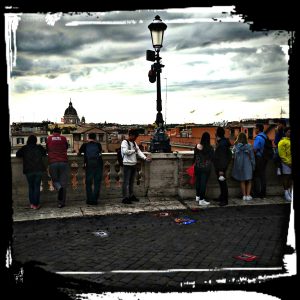
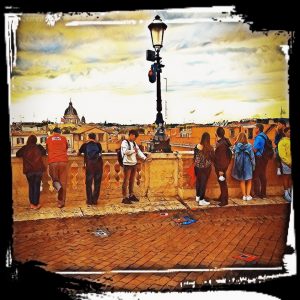
G. Regnani (proc. by), R.O.M.E., 2022
G. Regnani (proc. by), R.O.M.E., 2022
G. Regnani (proc. by), R.O.M.E., 2022
G. Regnani (proc. by), R.O.M.E., 2022
G. Regnani (proc. by), R.O.M.E., 2022
G. Regnani (proc. by), R.O.M.E., 2022
G. Regnani (proc. by), R.O.M.E., 2022
G. Regnani (proc. by), R.O.M.E., 2022
G. Regnani (proc. by), R.O.M.E., 2022
G. Regnani (proc. by), R.O.M.E., 2022
G. Regnani (proc. by), R.O.M.E., 2022
G. Regnani (proc. by), R.O.M.E., 2022
G. Regnani (proc. by), R.O.M.E., 2022
G. Regnani (proc. by), R.O.M.E., 2022
G. Regnani (proc. by), R.O.M.E., 2022
G. Regnani (proc. by), R.O.M.E., 2022
G. Regnani (proc. by), R.O.M.E., 2022
G. Regnani (proc. by), R.O.M.E., 2022
G. Regnani (proc. by), R.O.M.E., 2022
G. Regnani (proc. by), R.O.M.E., 2022
G. Regnani (proc. by), R.O.M.E., 2022
G. Regnani (proc. by), R.O.M.E., 2022
Dedicato a tutte le persone con Malattia di Parkinson
To #Parkinson s disease people aid & support #aidea
AIDEA Disability Equity Inclusion Accessibility (a free informal project)
Against any violence
by #Traemaend❤Parkenstein
https://www.linkedin.com/in/gerardo-regnani-35a56922a/
https://www.instagram.com/gerardo.regnani/
https://www.facebook.com/profile.php?id=100084254209755
https://twitter.com/GerardoRegnani
https://www.tumblr.com/blog/gerardo-regnani
(*) By Chat GPT Open AI
page under maintenance…
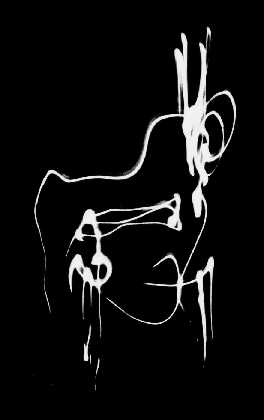
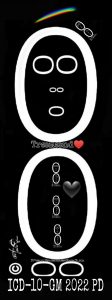
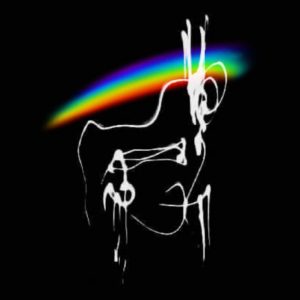
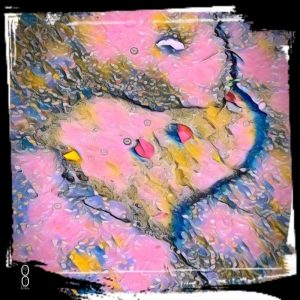
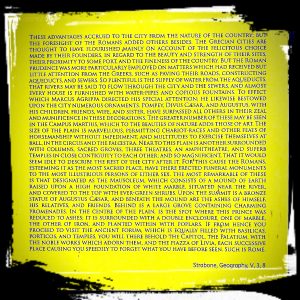
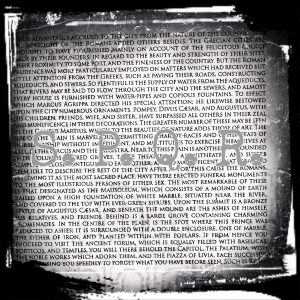
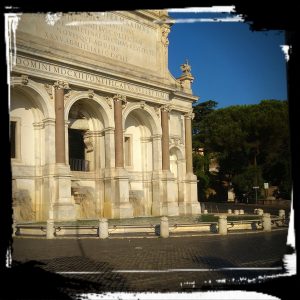
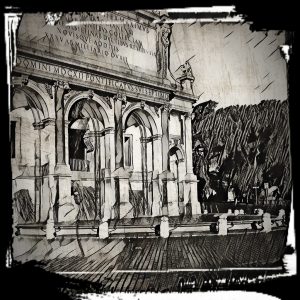
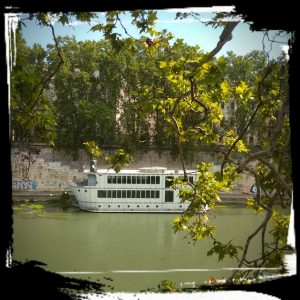
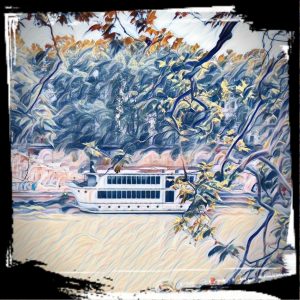
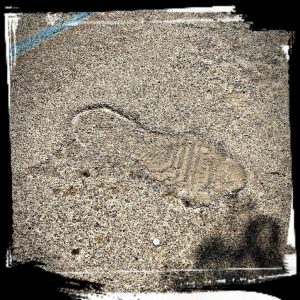
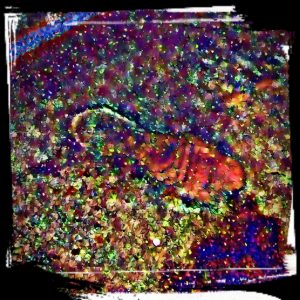
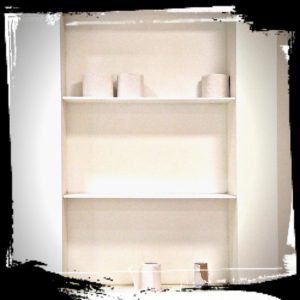
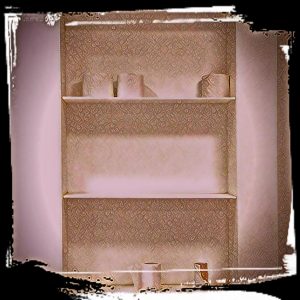
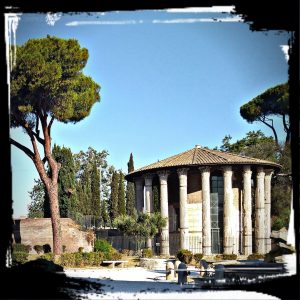
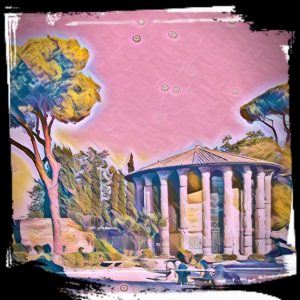
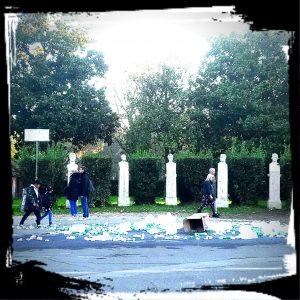
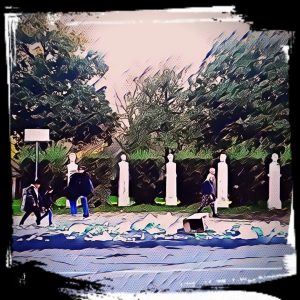
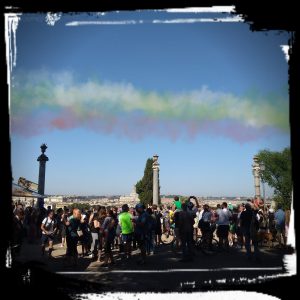
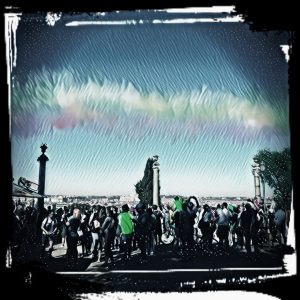
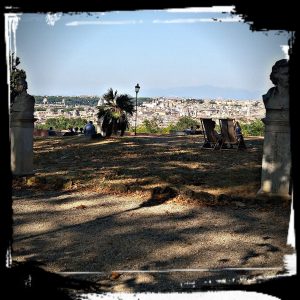
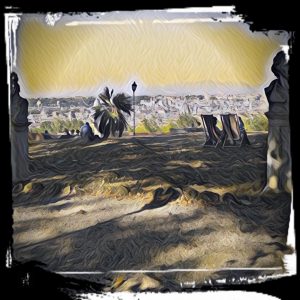
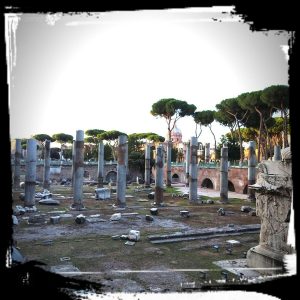
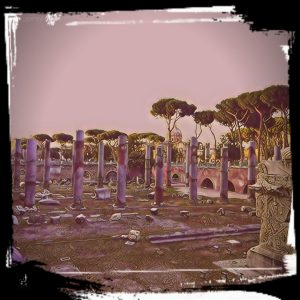
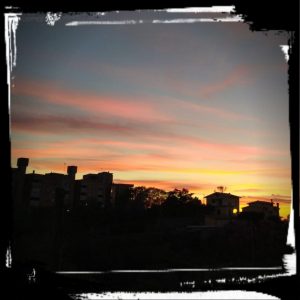
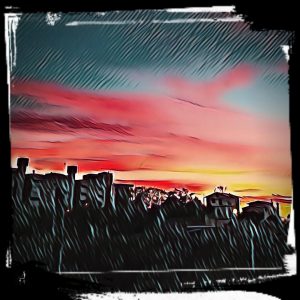
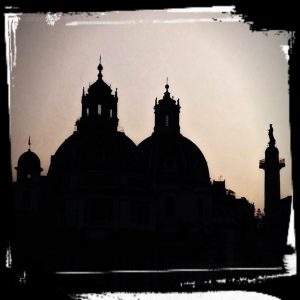
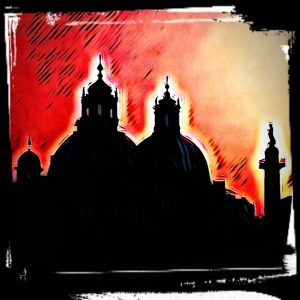
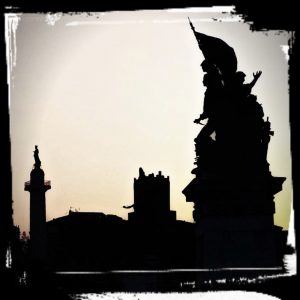
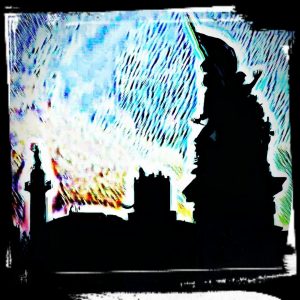
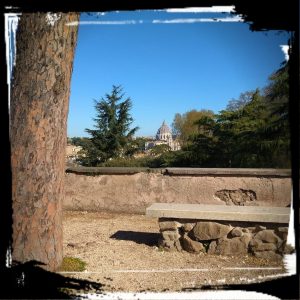
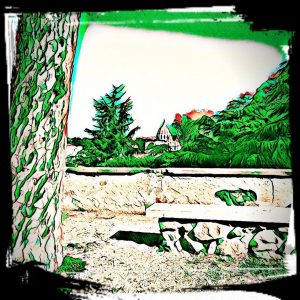
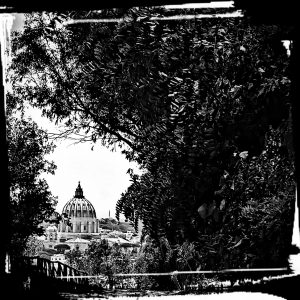
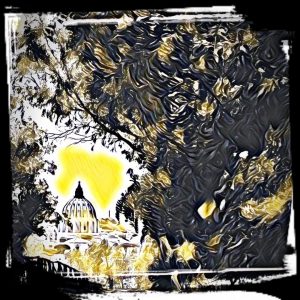
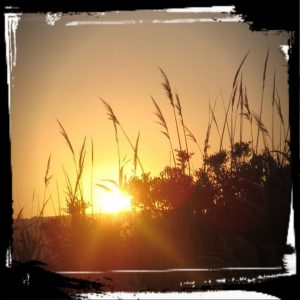

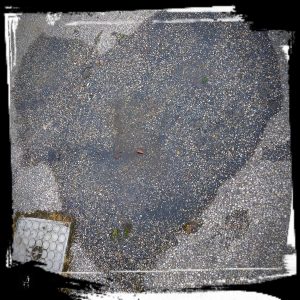
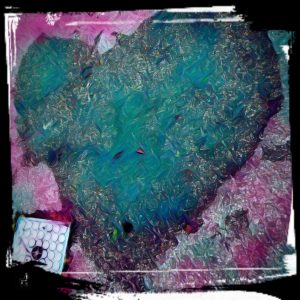
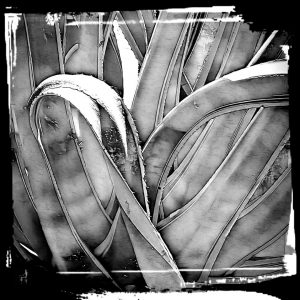
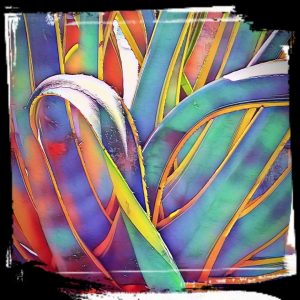
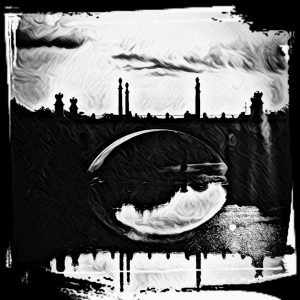
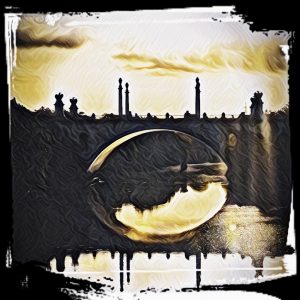
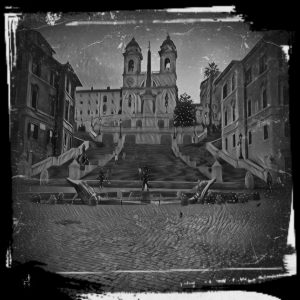

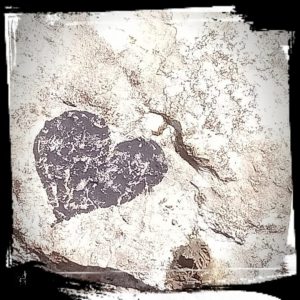
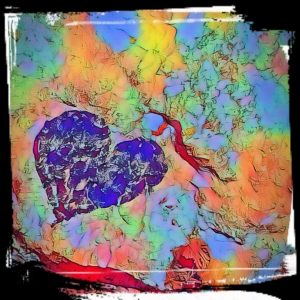
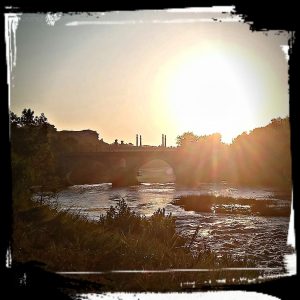
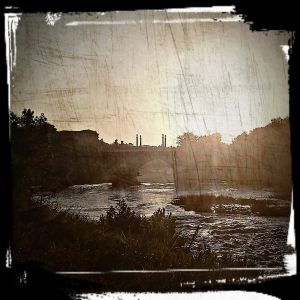
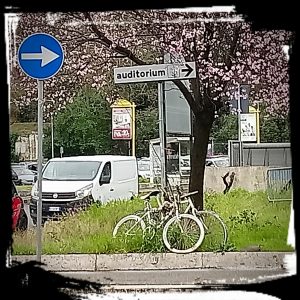
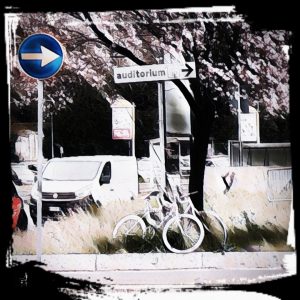
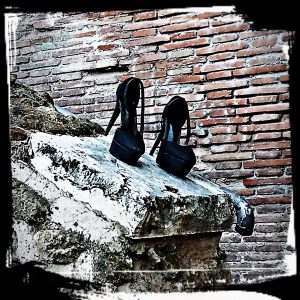
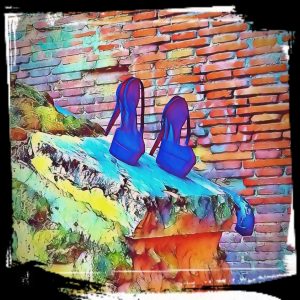

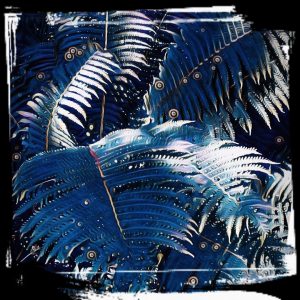
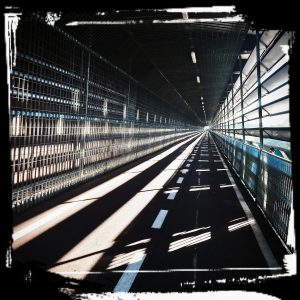
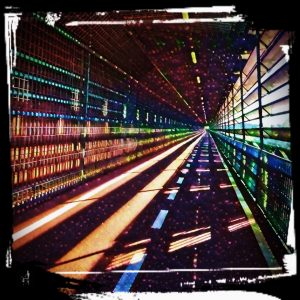
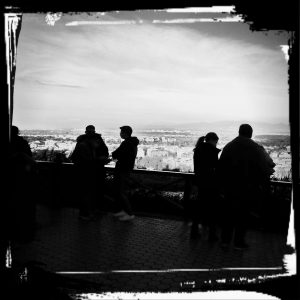
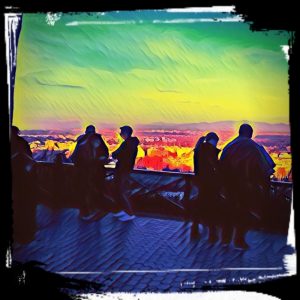
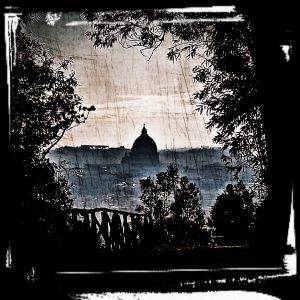
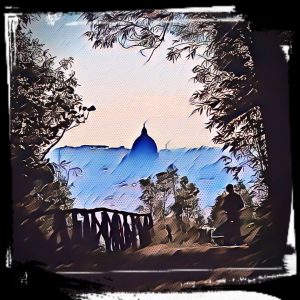
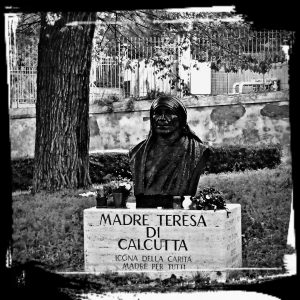
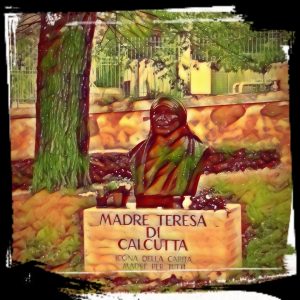
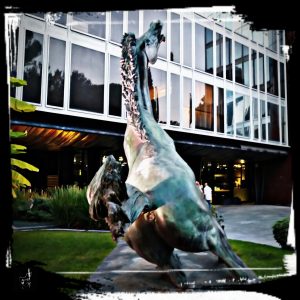
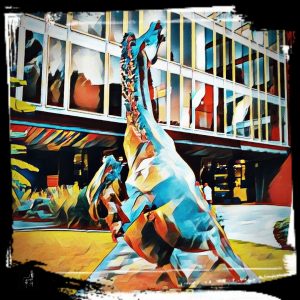
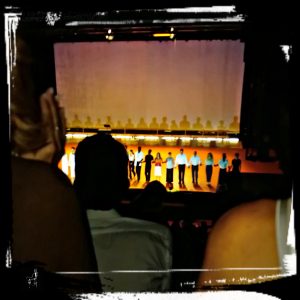
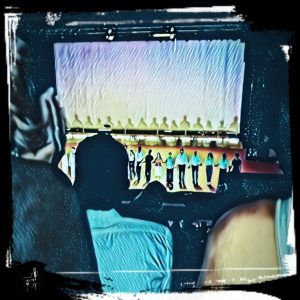
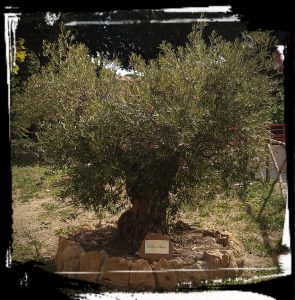
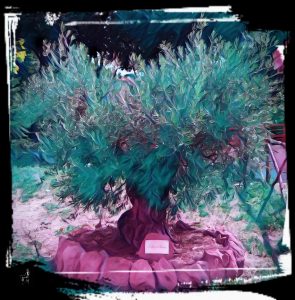
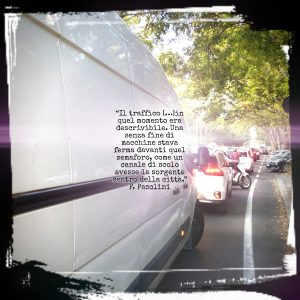
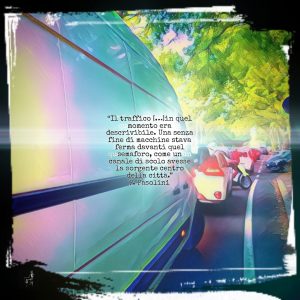
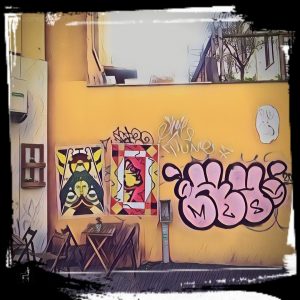
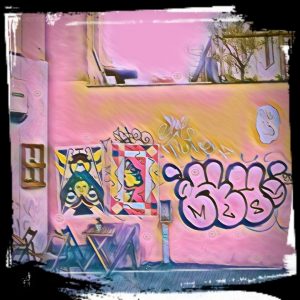
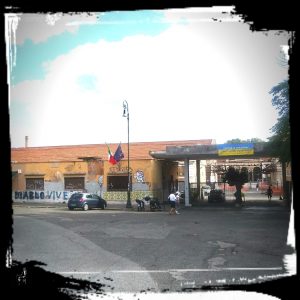
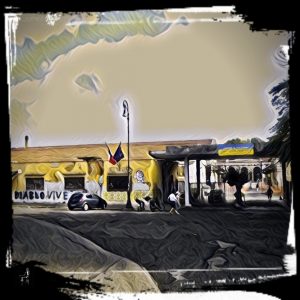
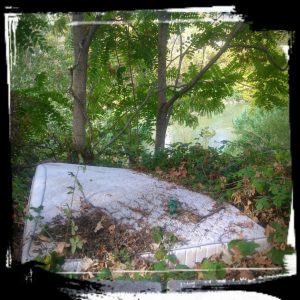
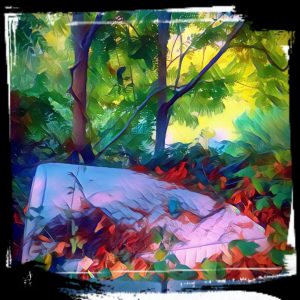
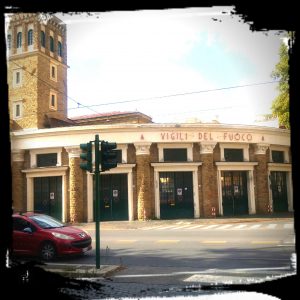
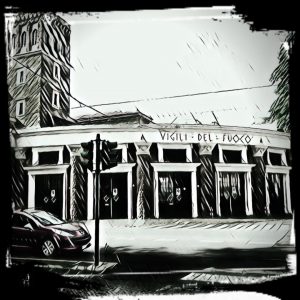
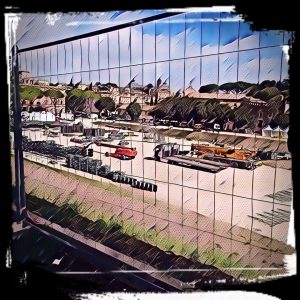


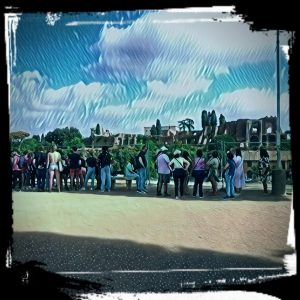

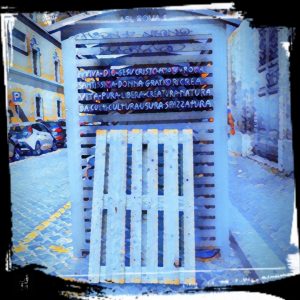
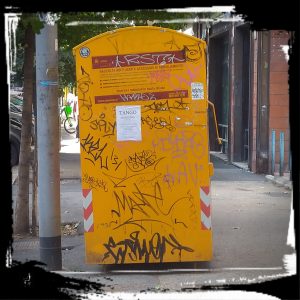
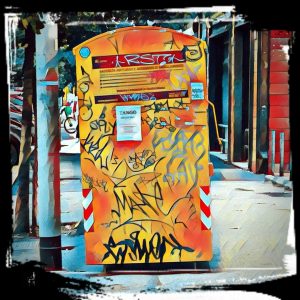
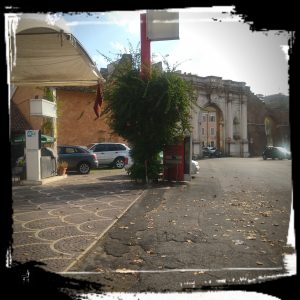
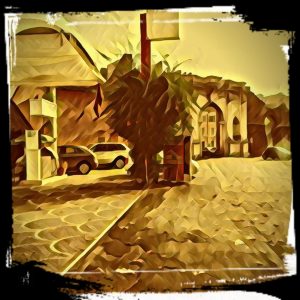
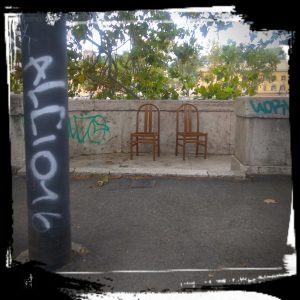
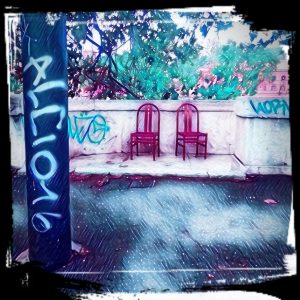

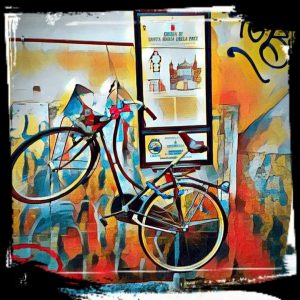
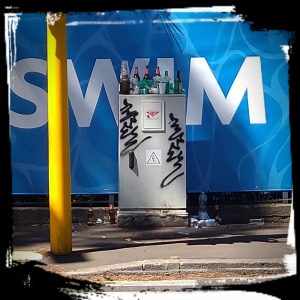
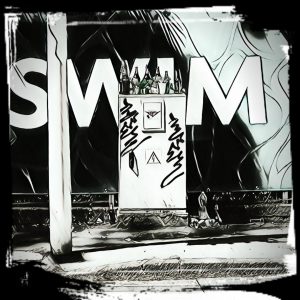
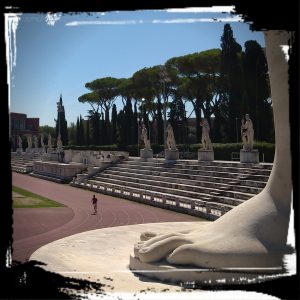
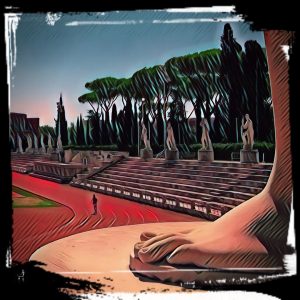
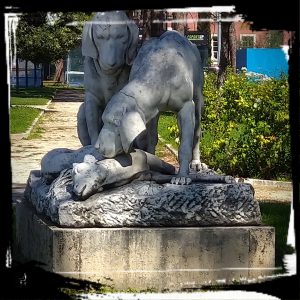
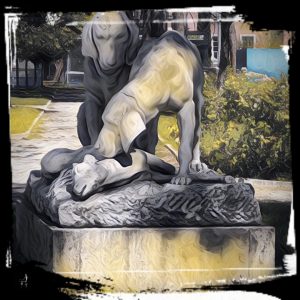
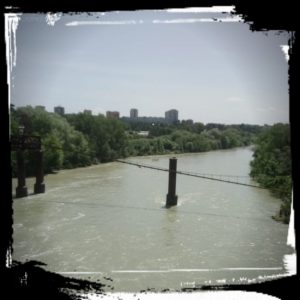
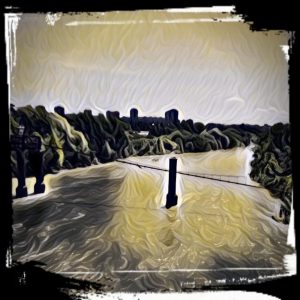
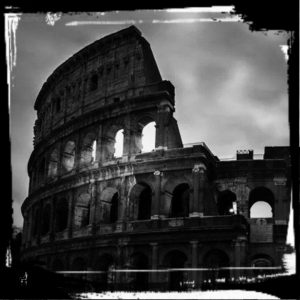
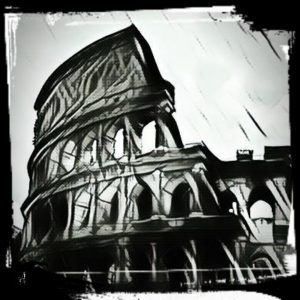
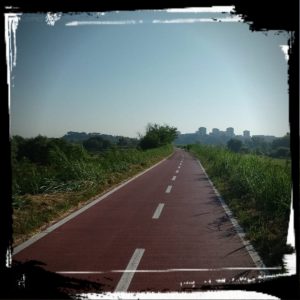
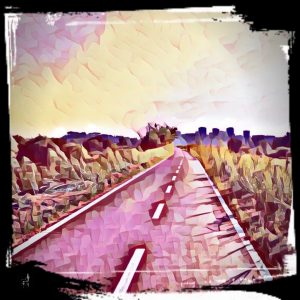
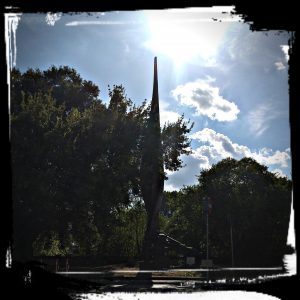
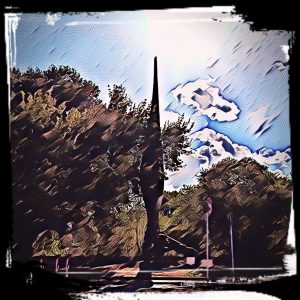
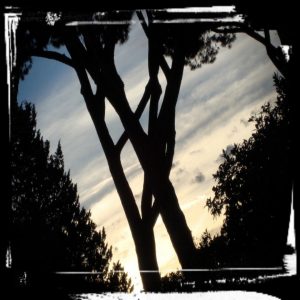
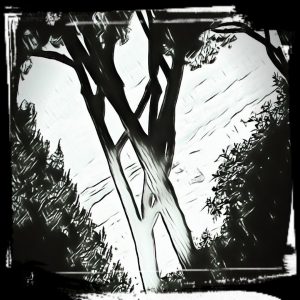
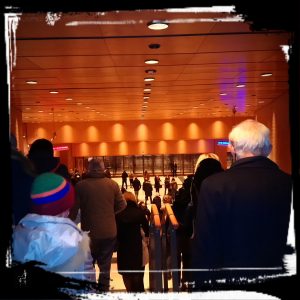
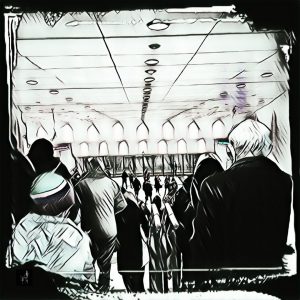
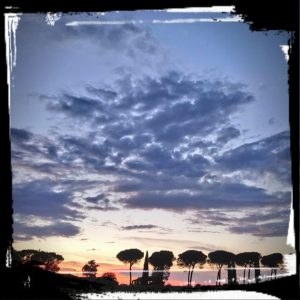
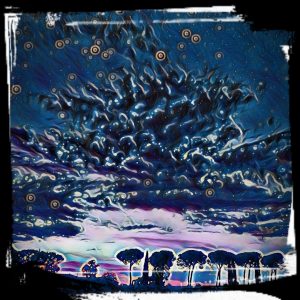
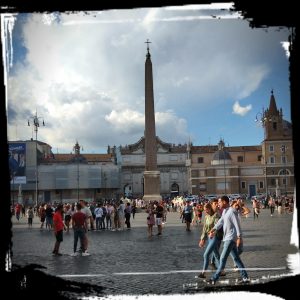
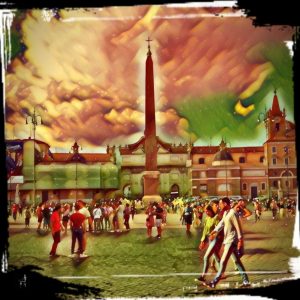
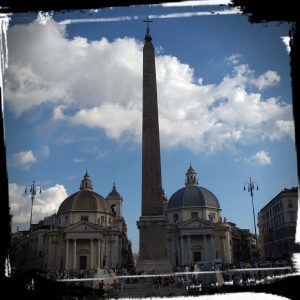
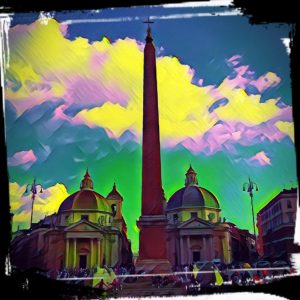
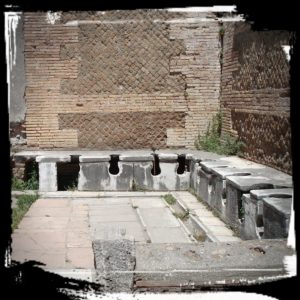
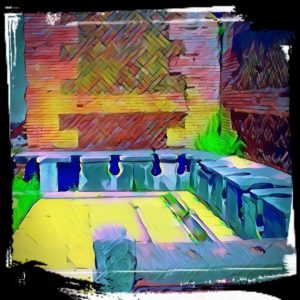
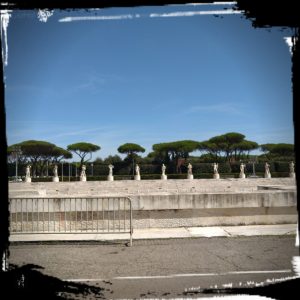
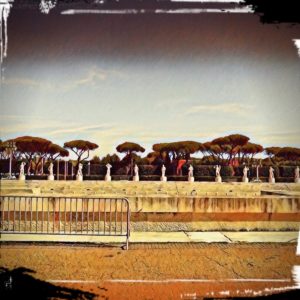
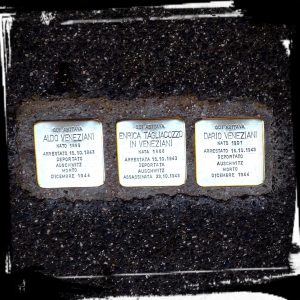
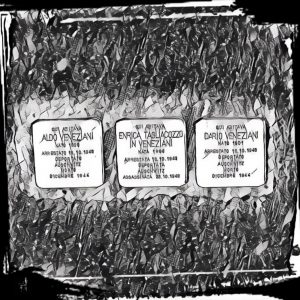
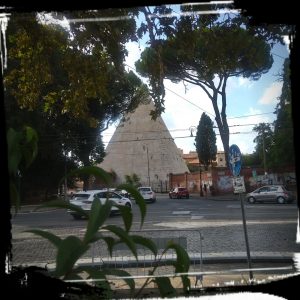
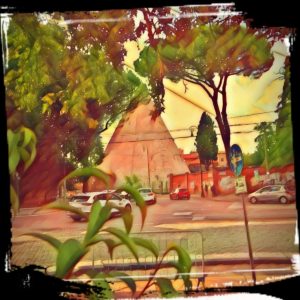
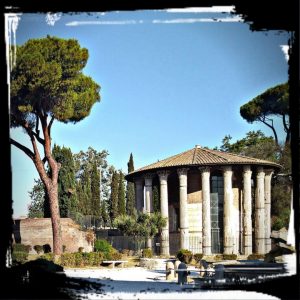
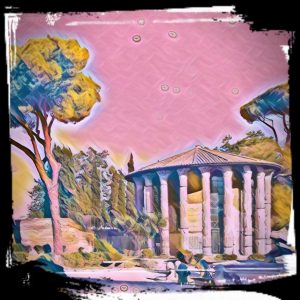
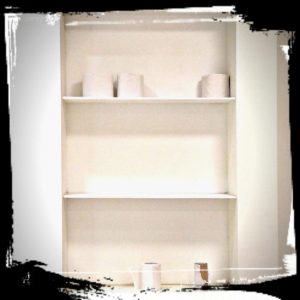
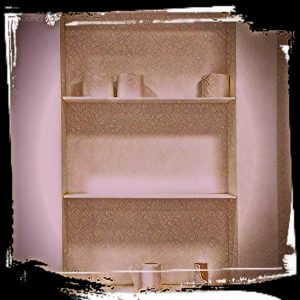
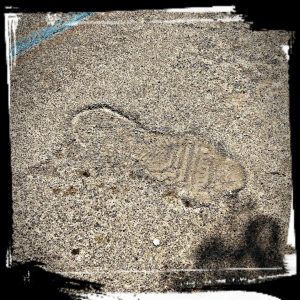
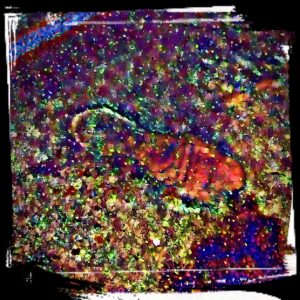
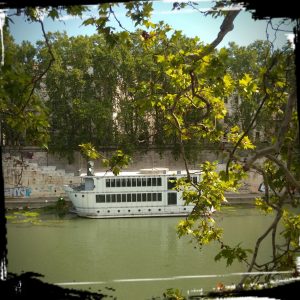
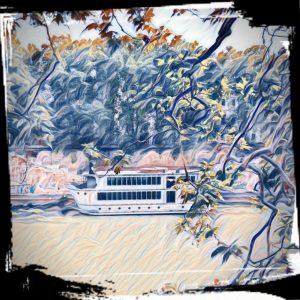
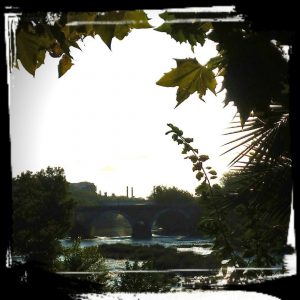
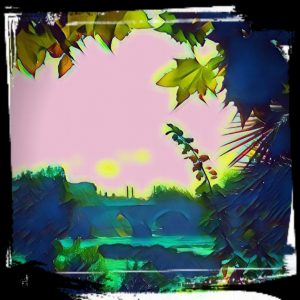
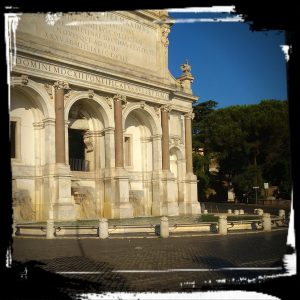
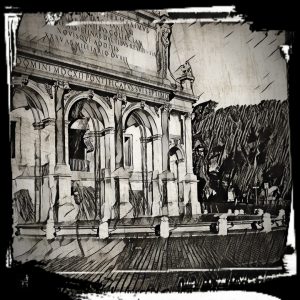
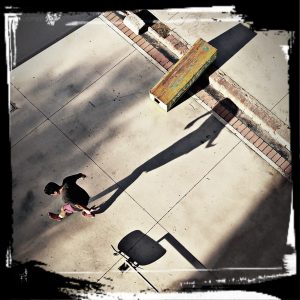
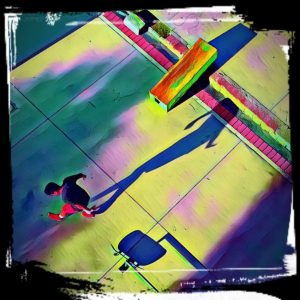
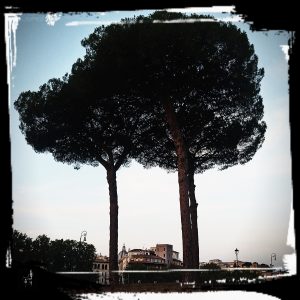
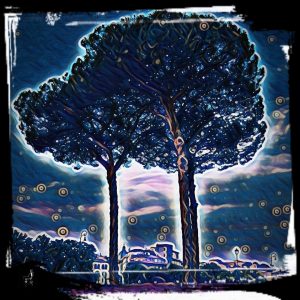
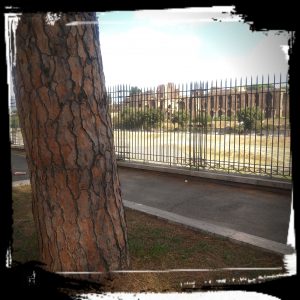
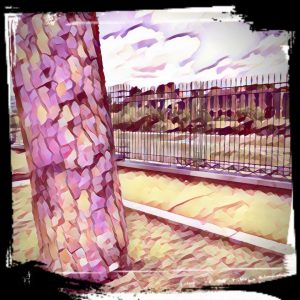
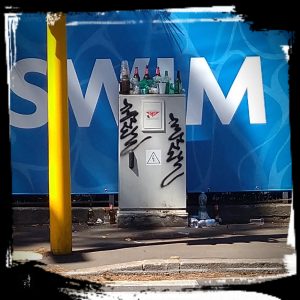
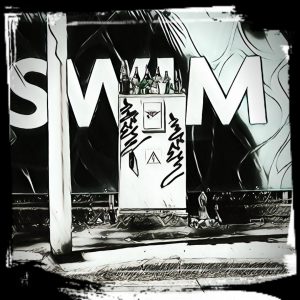
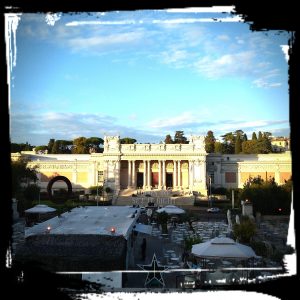
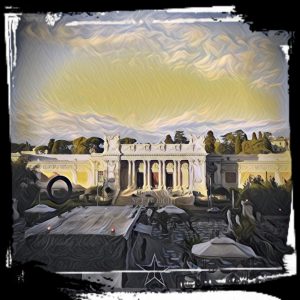
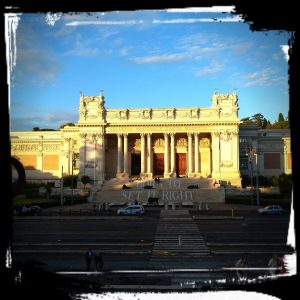
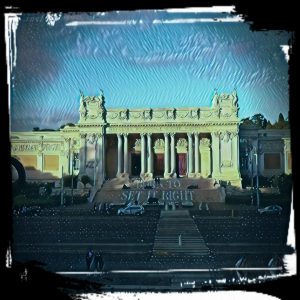
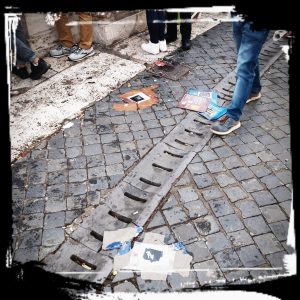
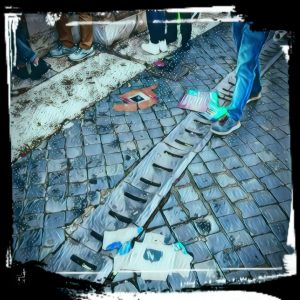
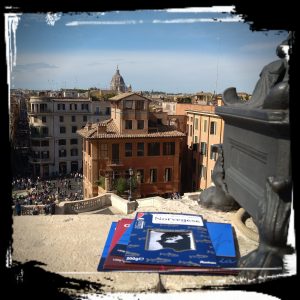
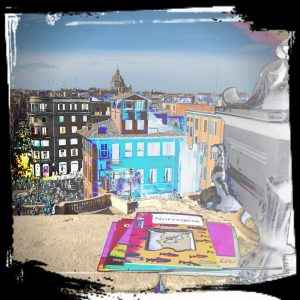
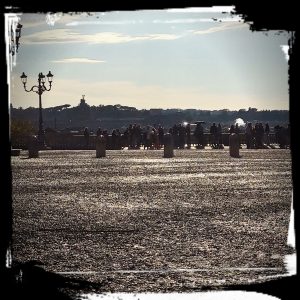
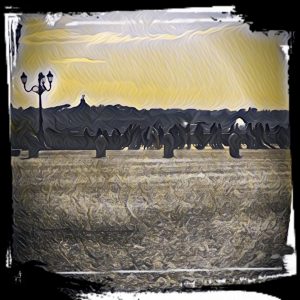
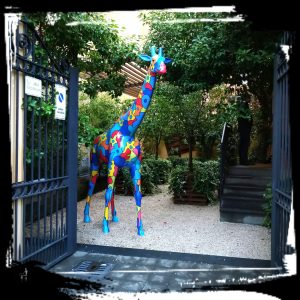
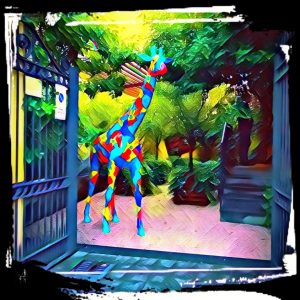
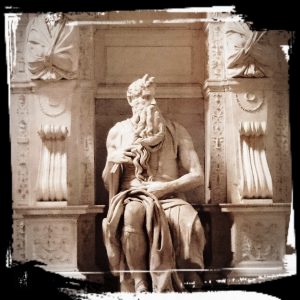
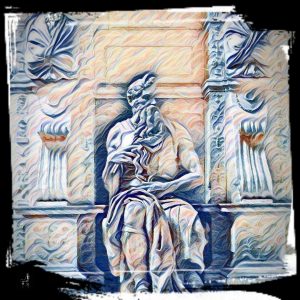
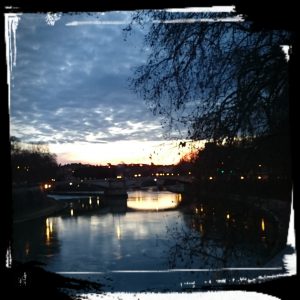
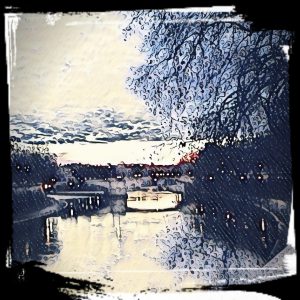
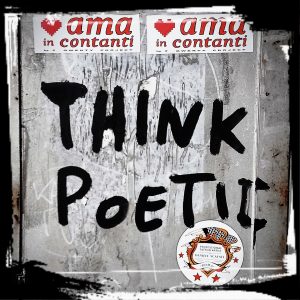
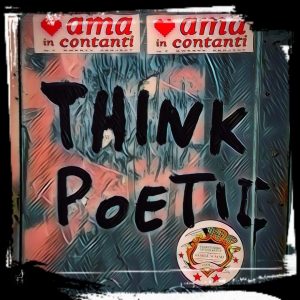
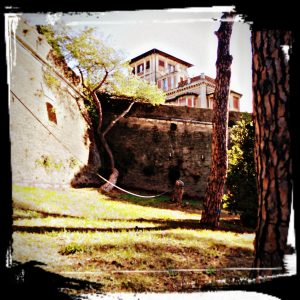

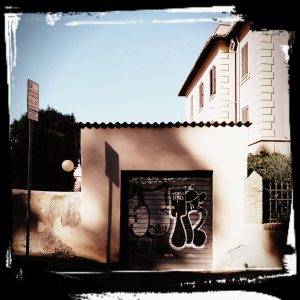
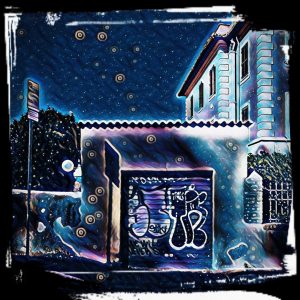
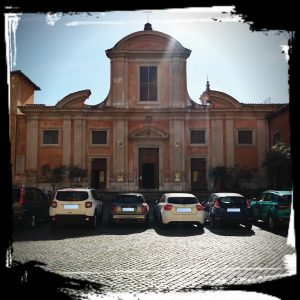
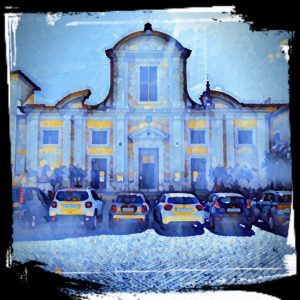
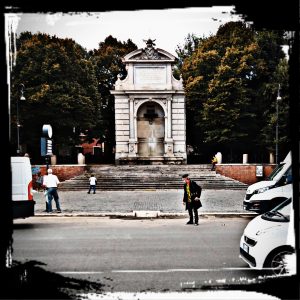
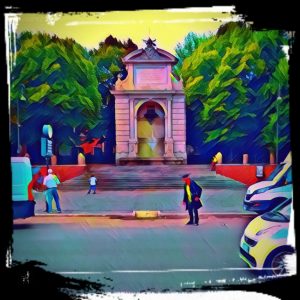
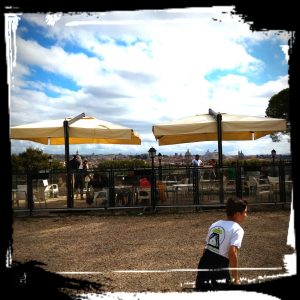
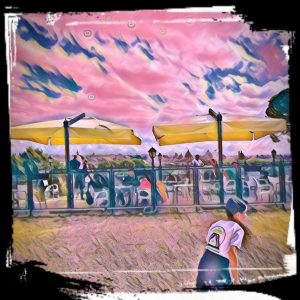
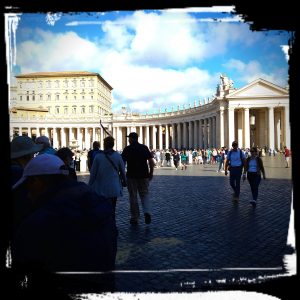

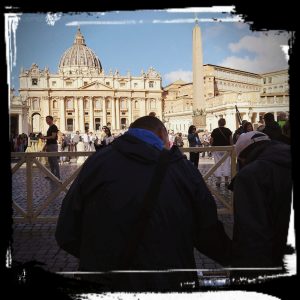
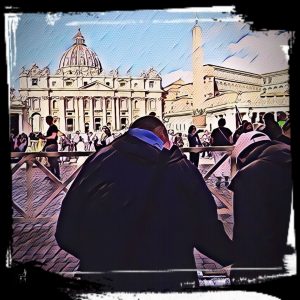
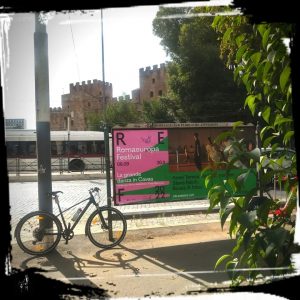
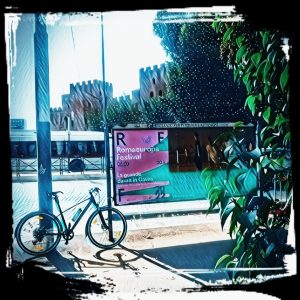
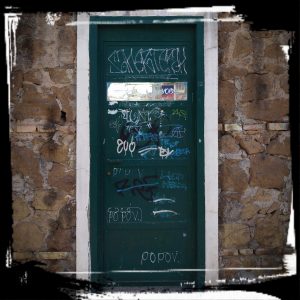
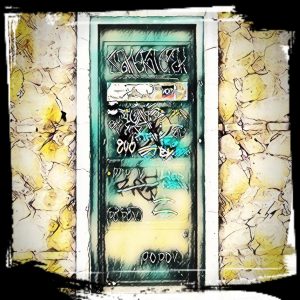
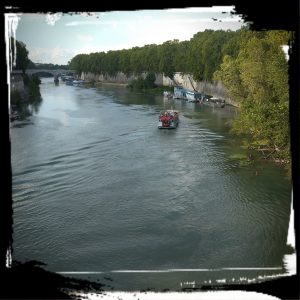
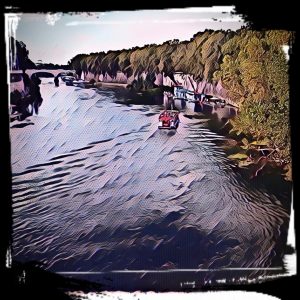
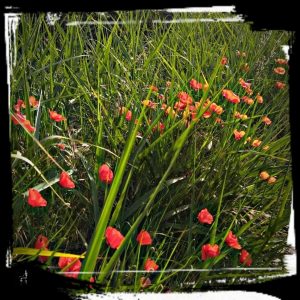
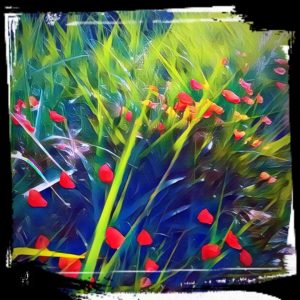
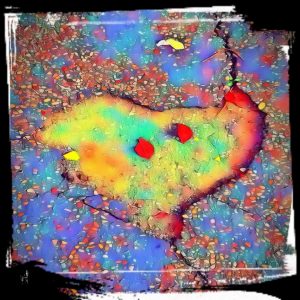

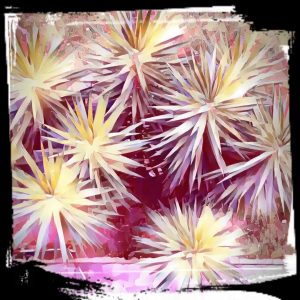

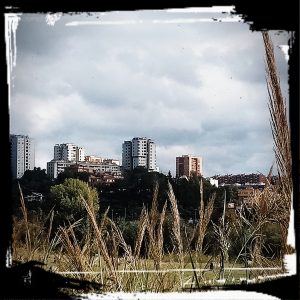
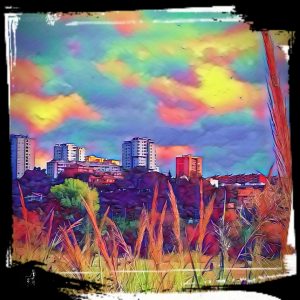
Gegé, stai realizzando un progetto davvero S T U P E N D O !
Concettuale ma che arriva anche a toccare le corde dei sentimenti e delle emozioni più profonde.Persino il testo è più fruibile a noi del volgo!
Attendo le prossime puntate…
Un grande e caro abbraccio,
Claudio